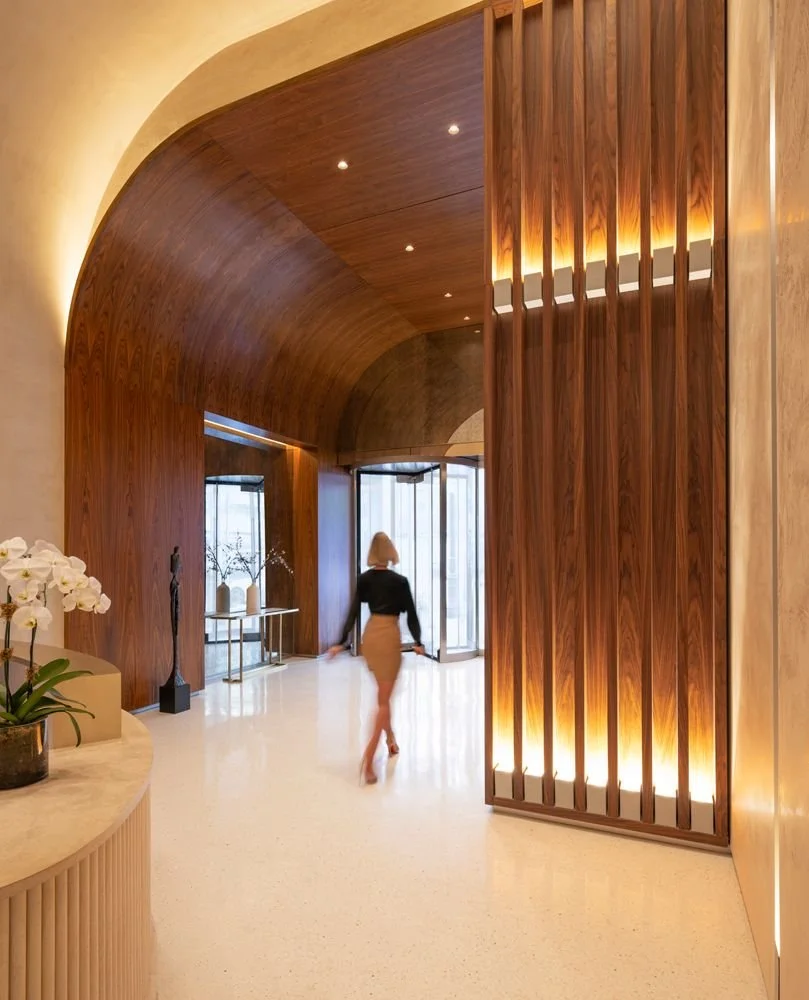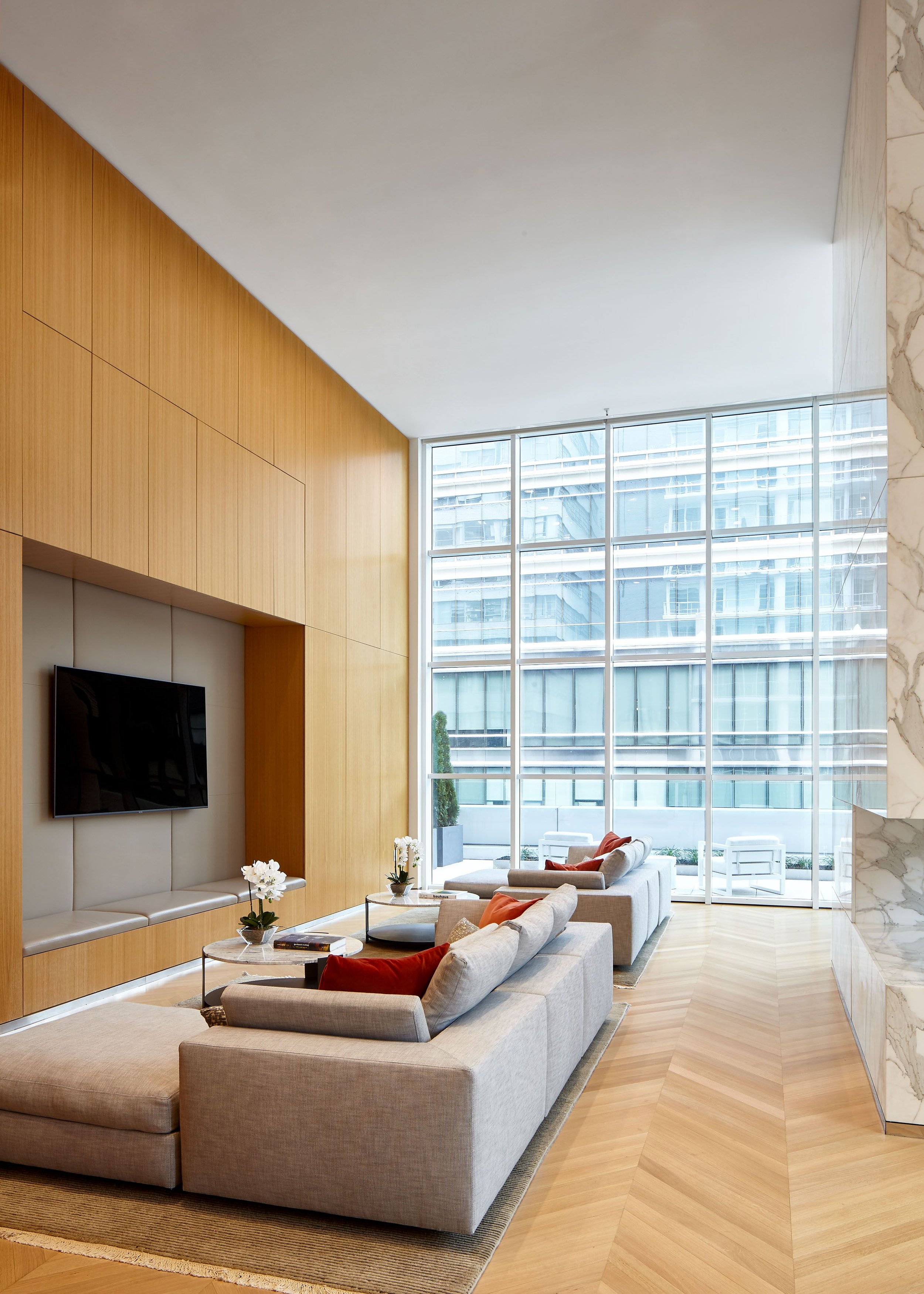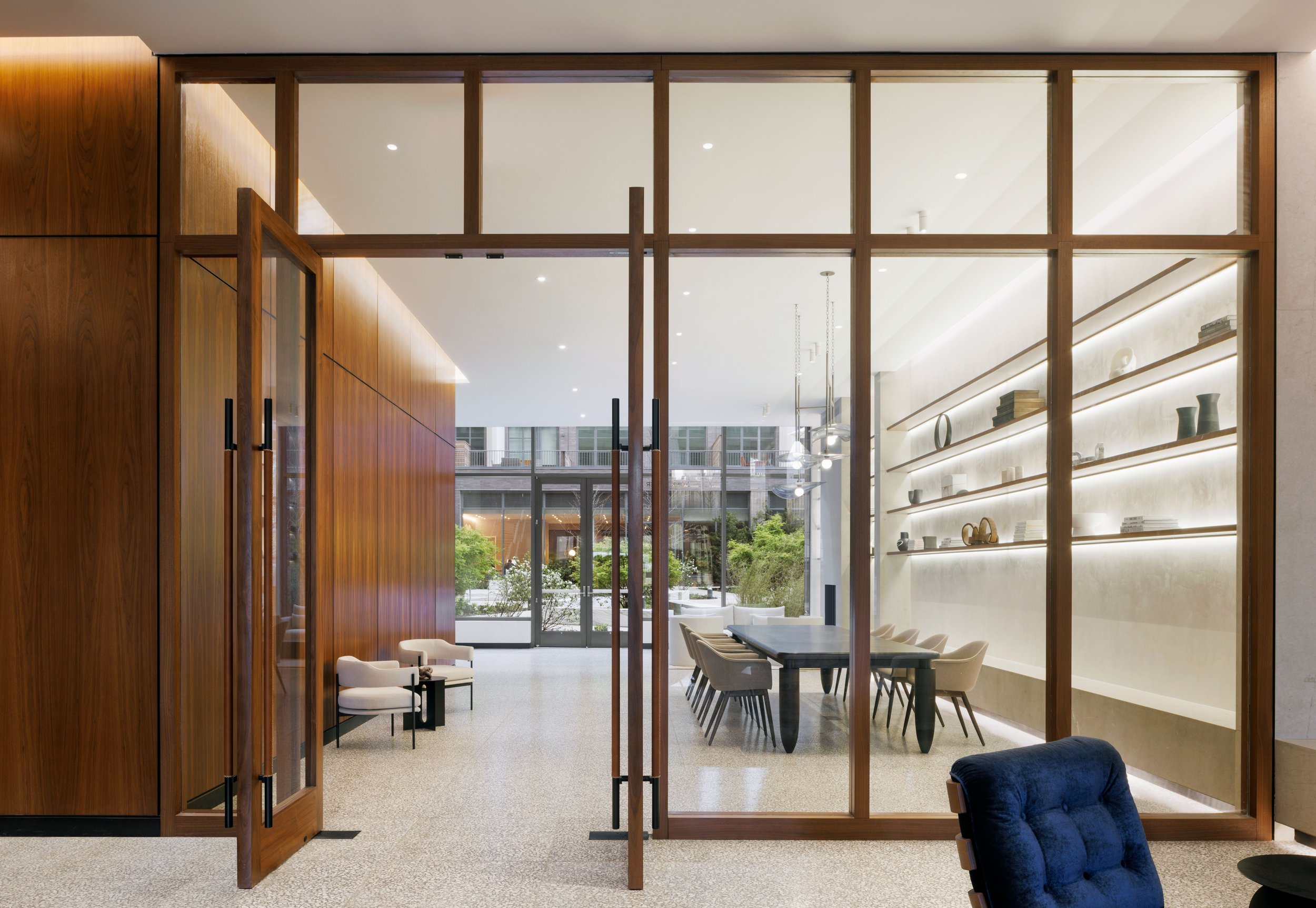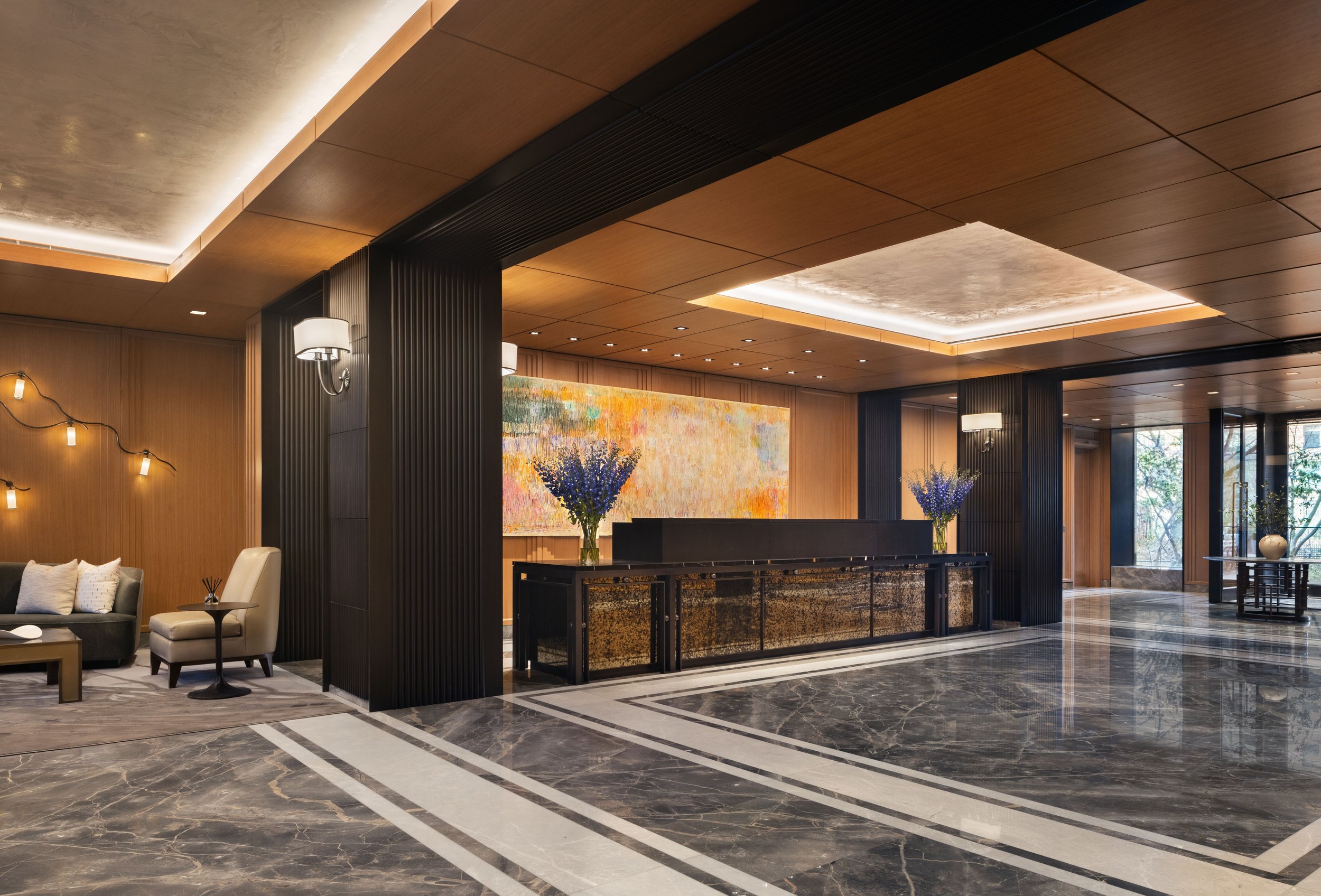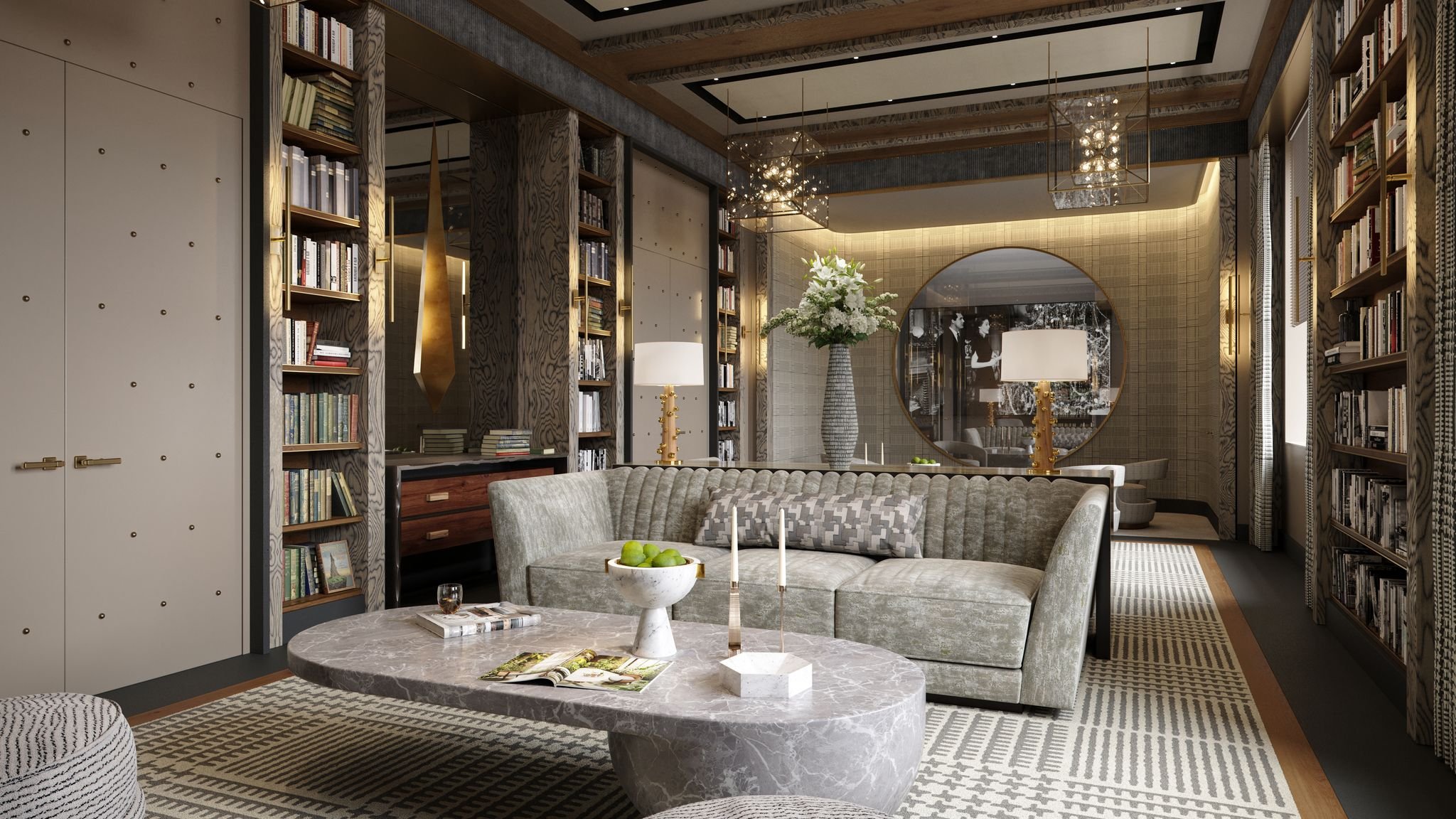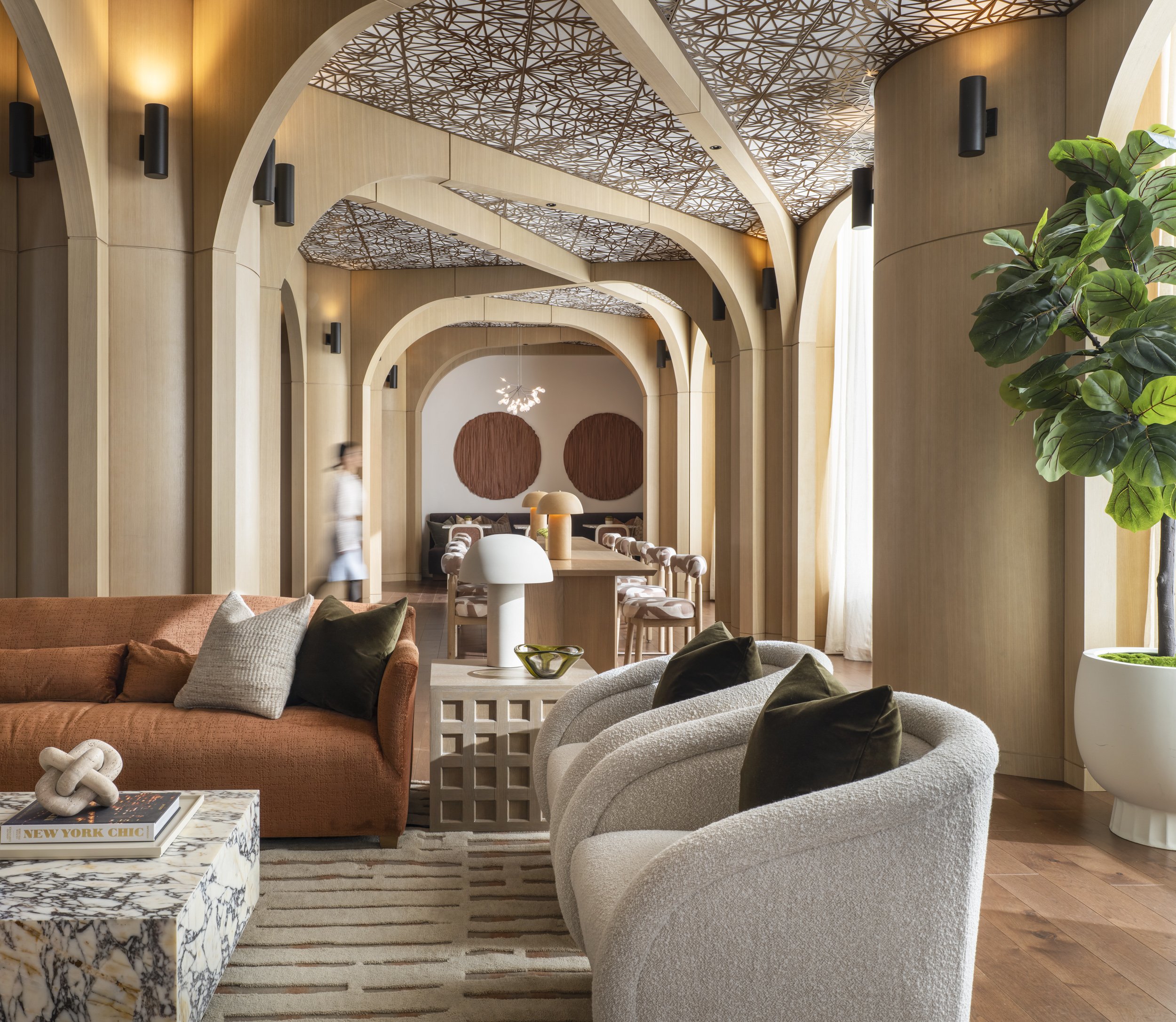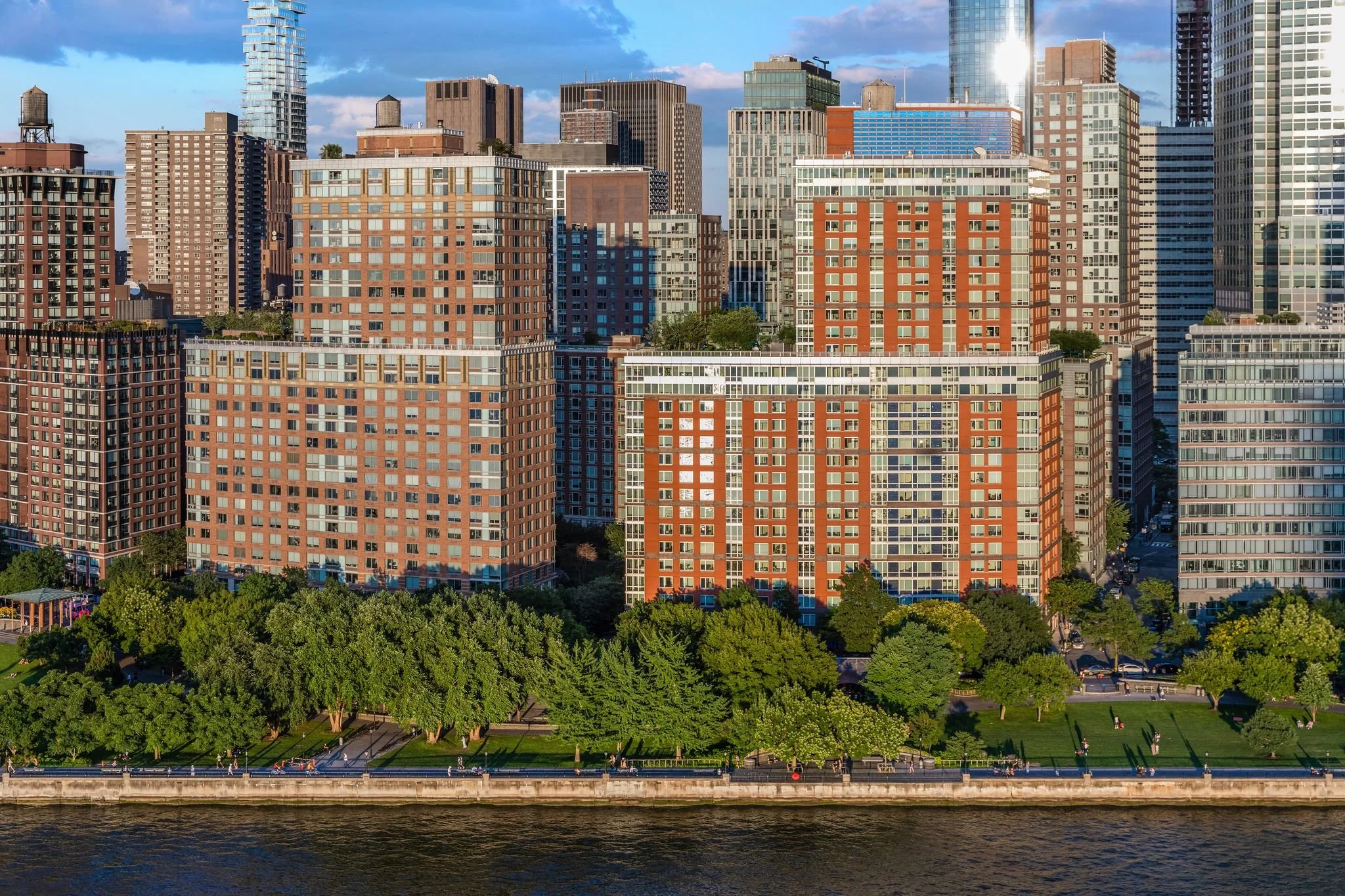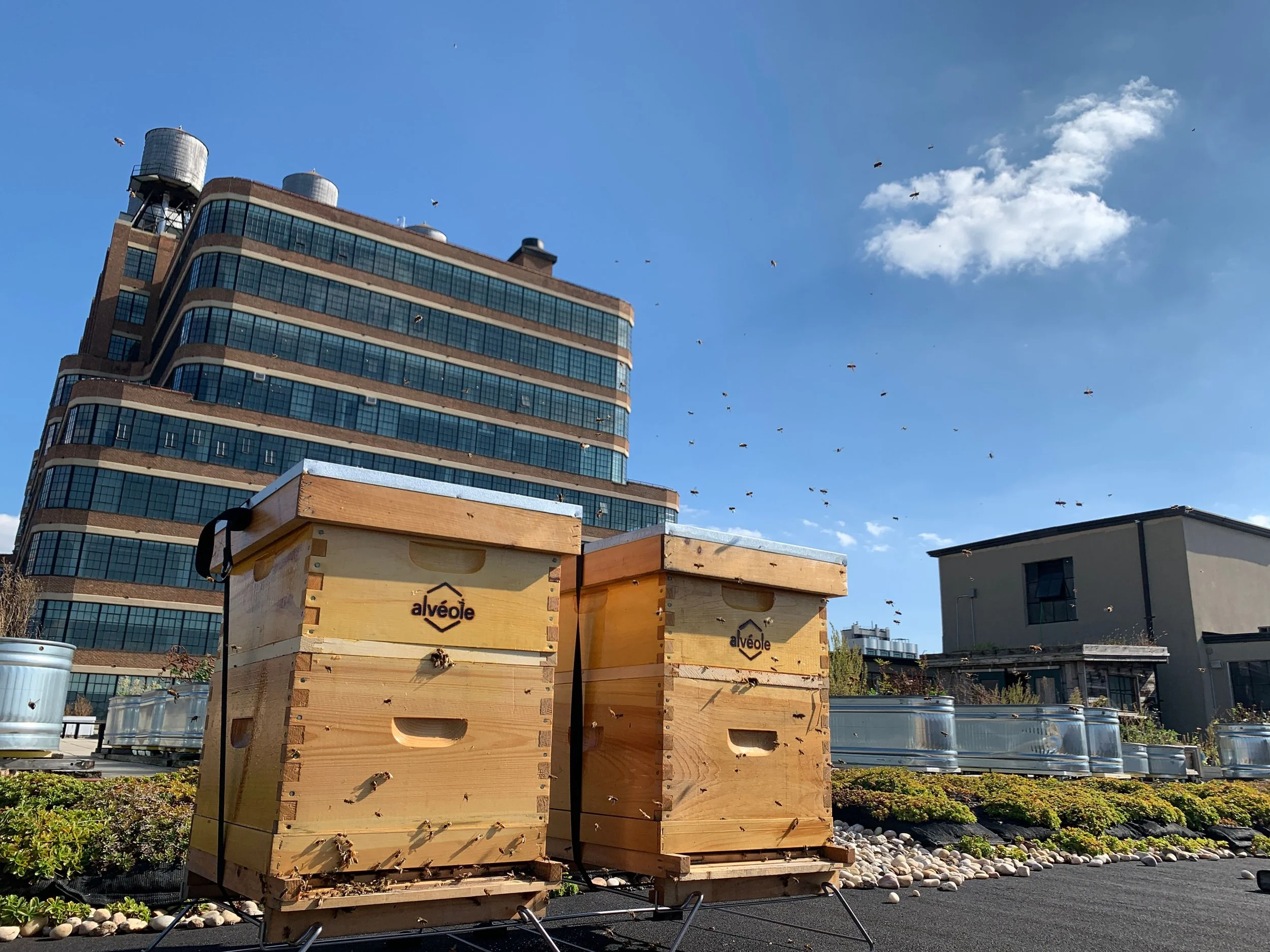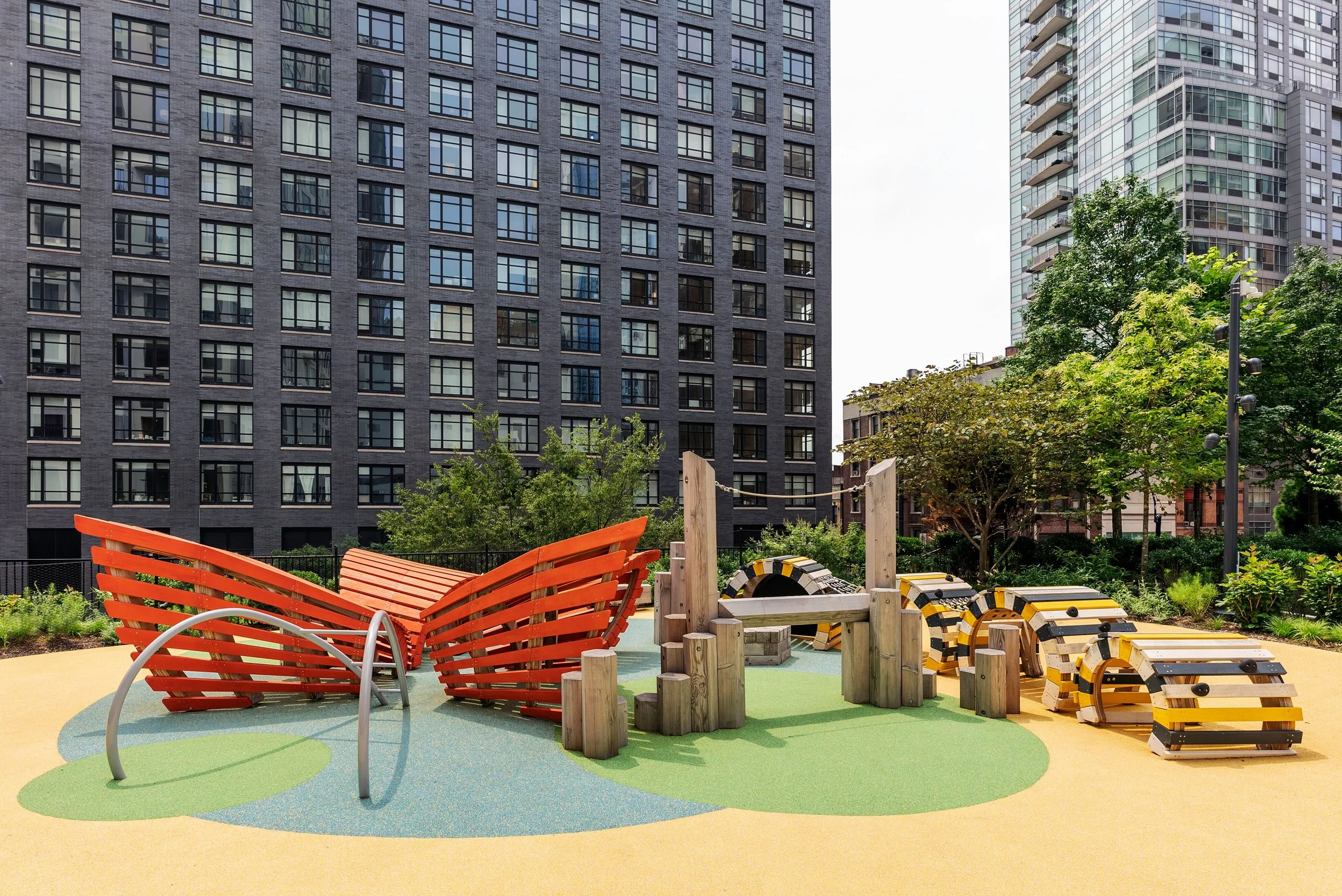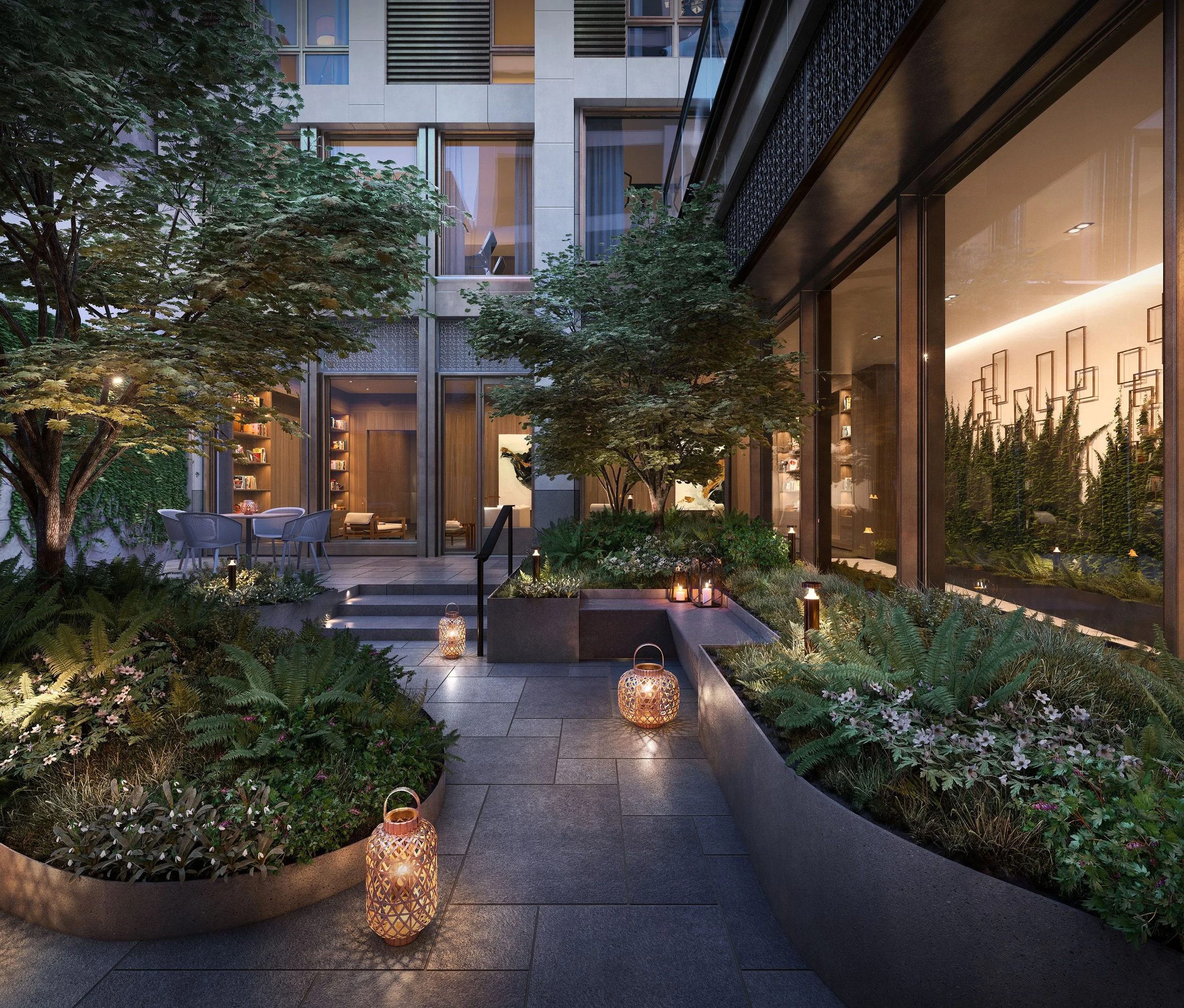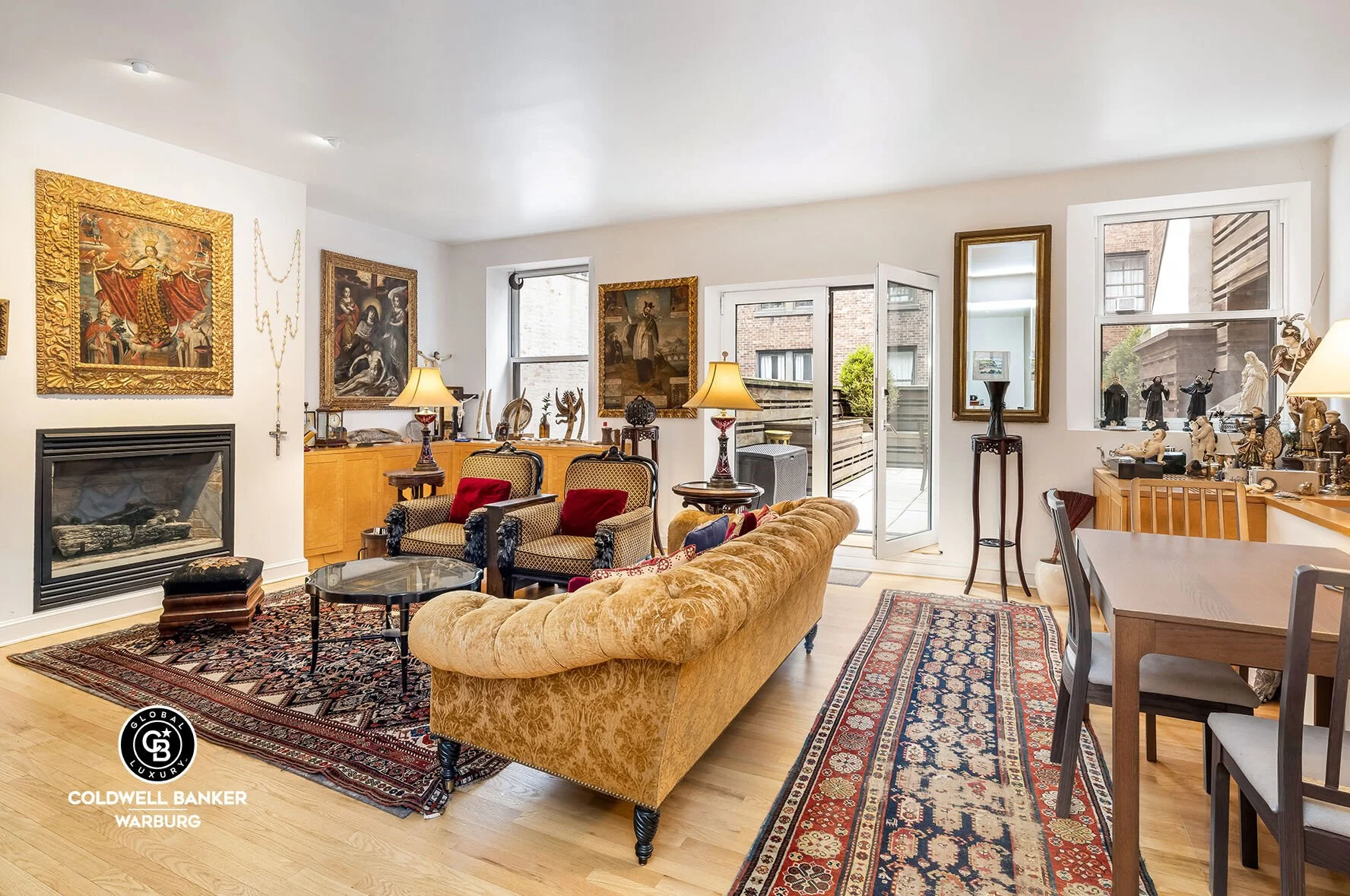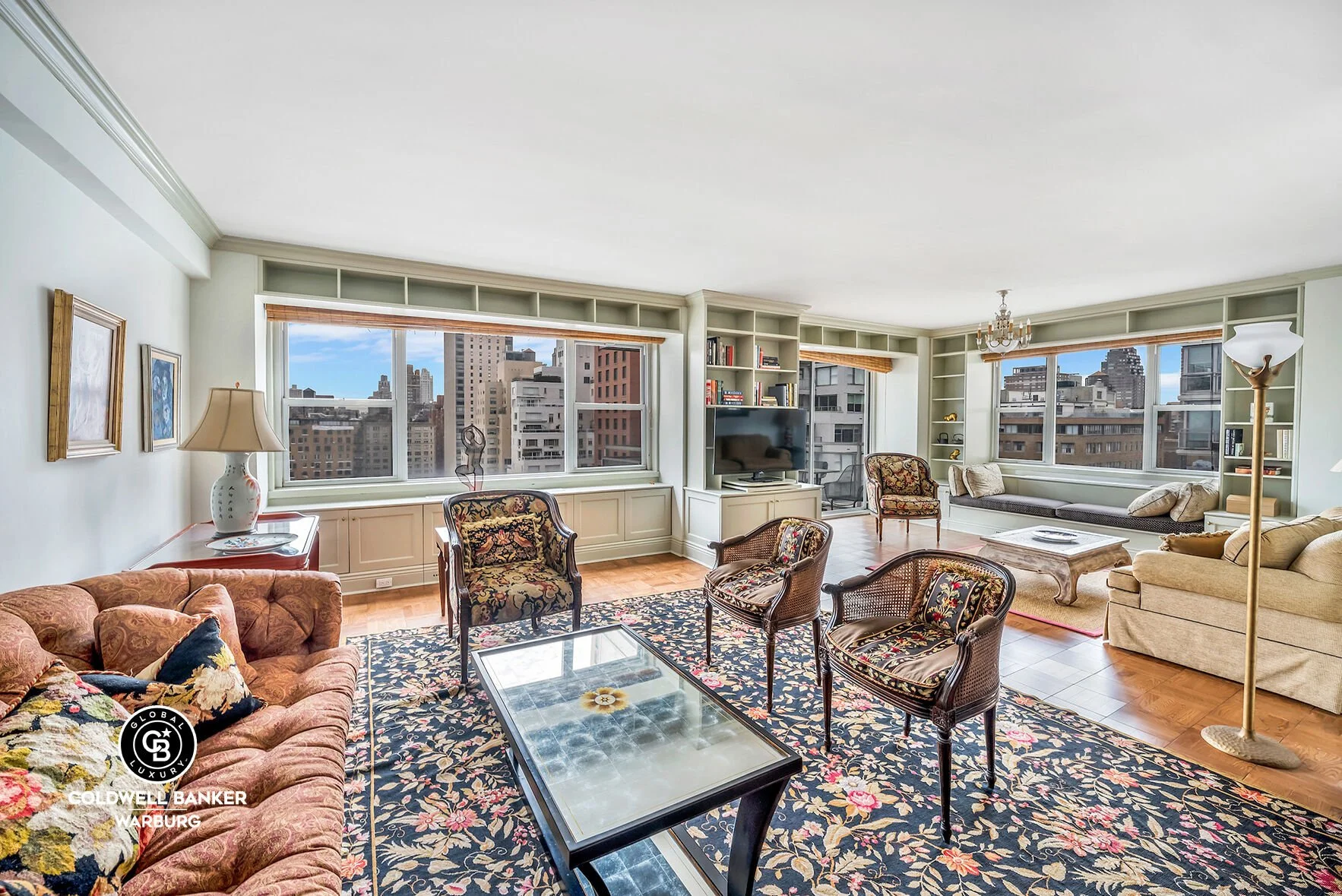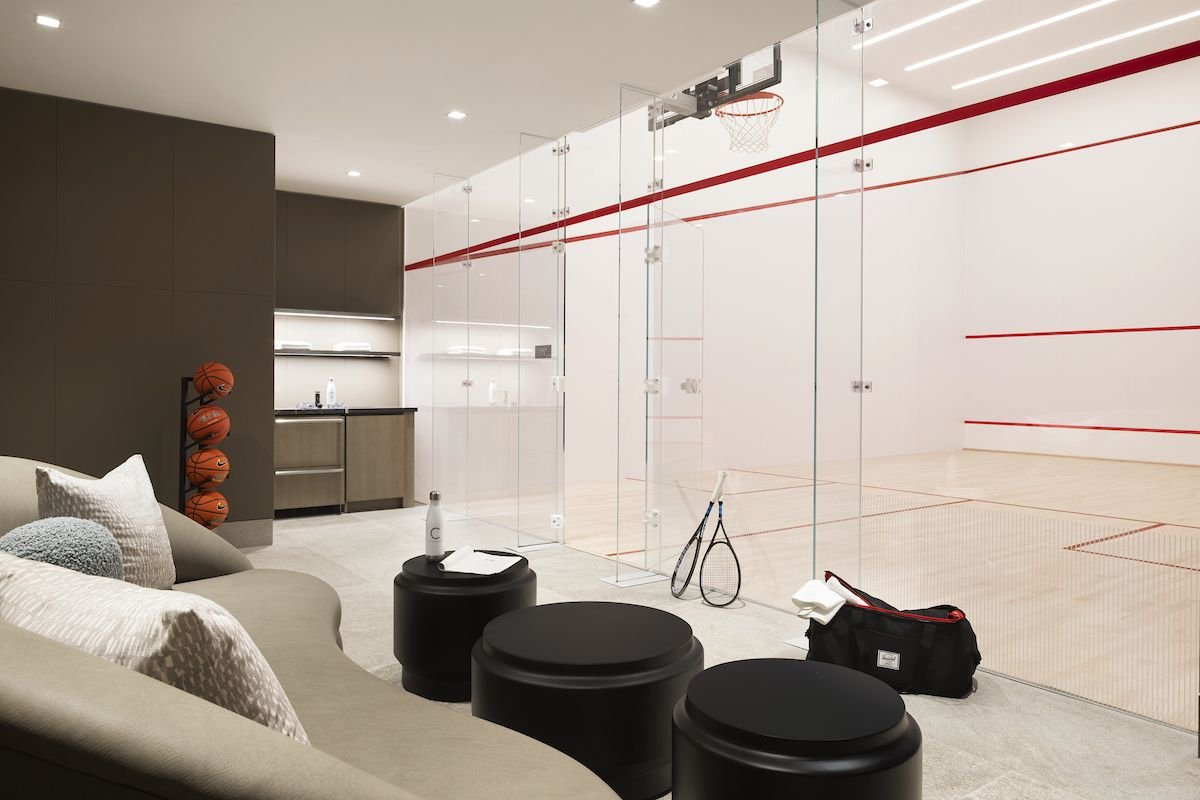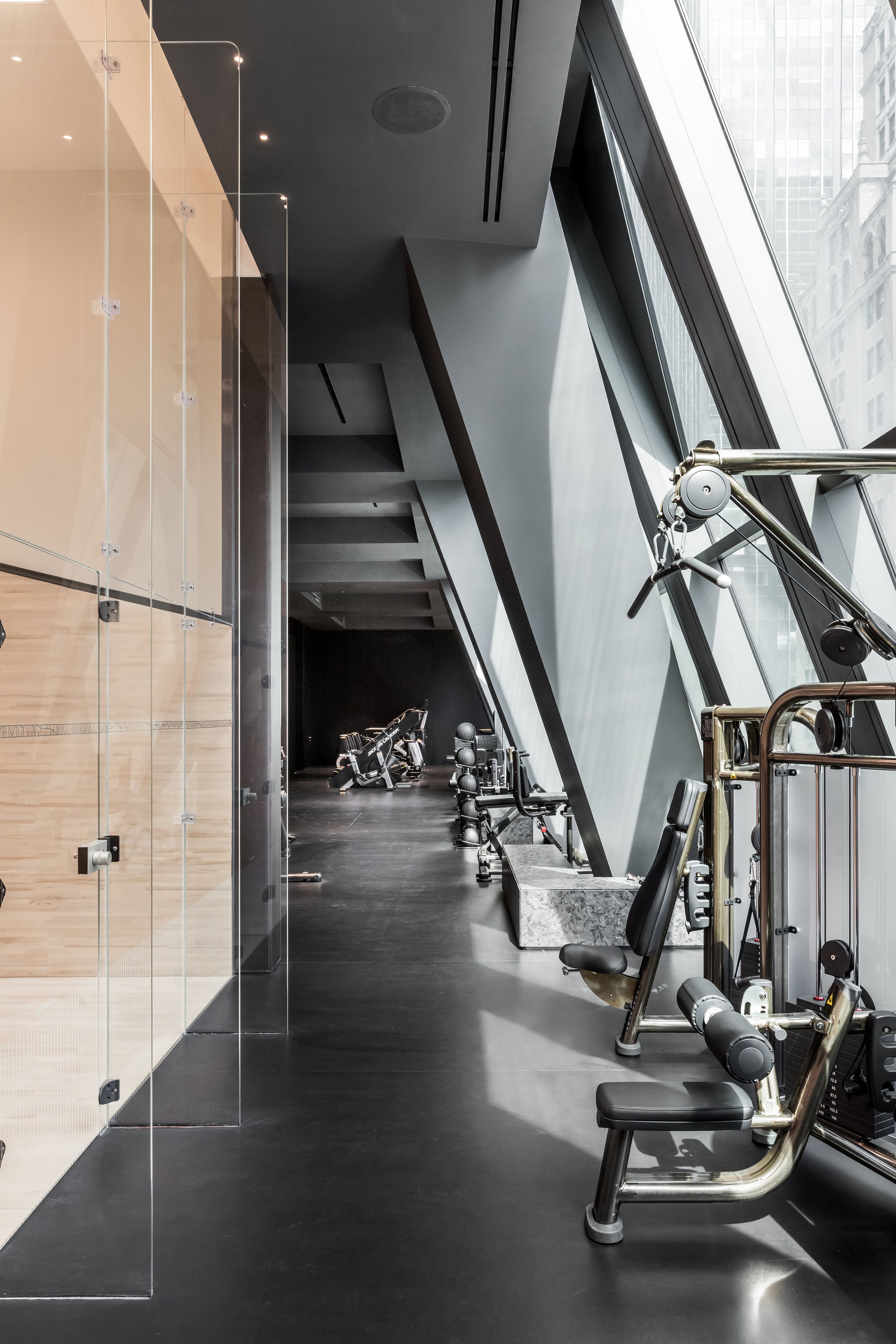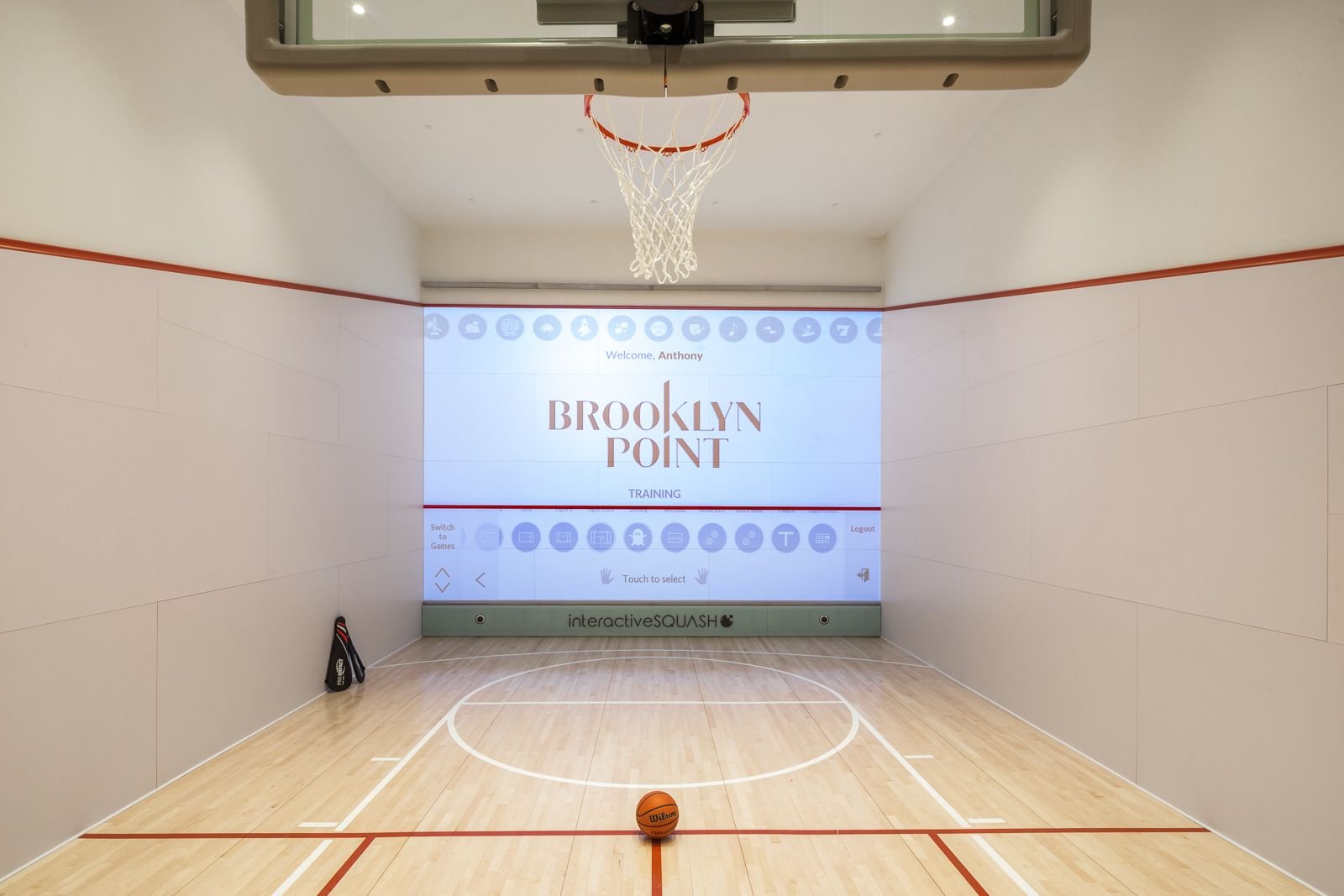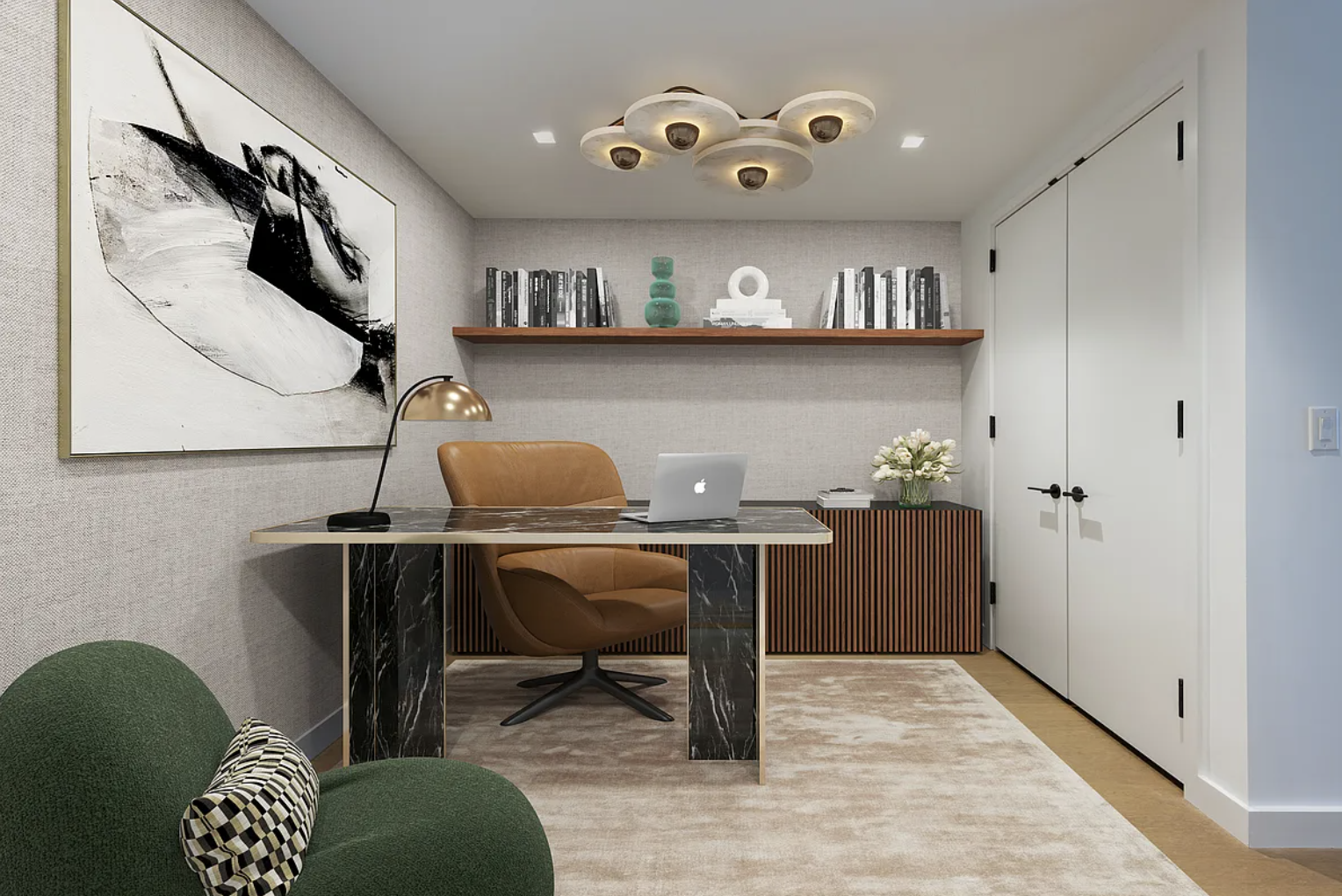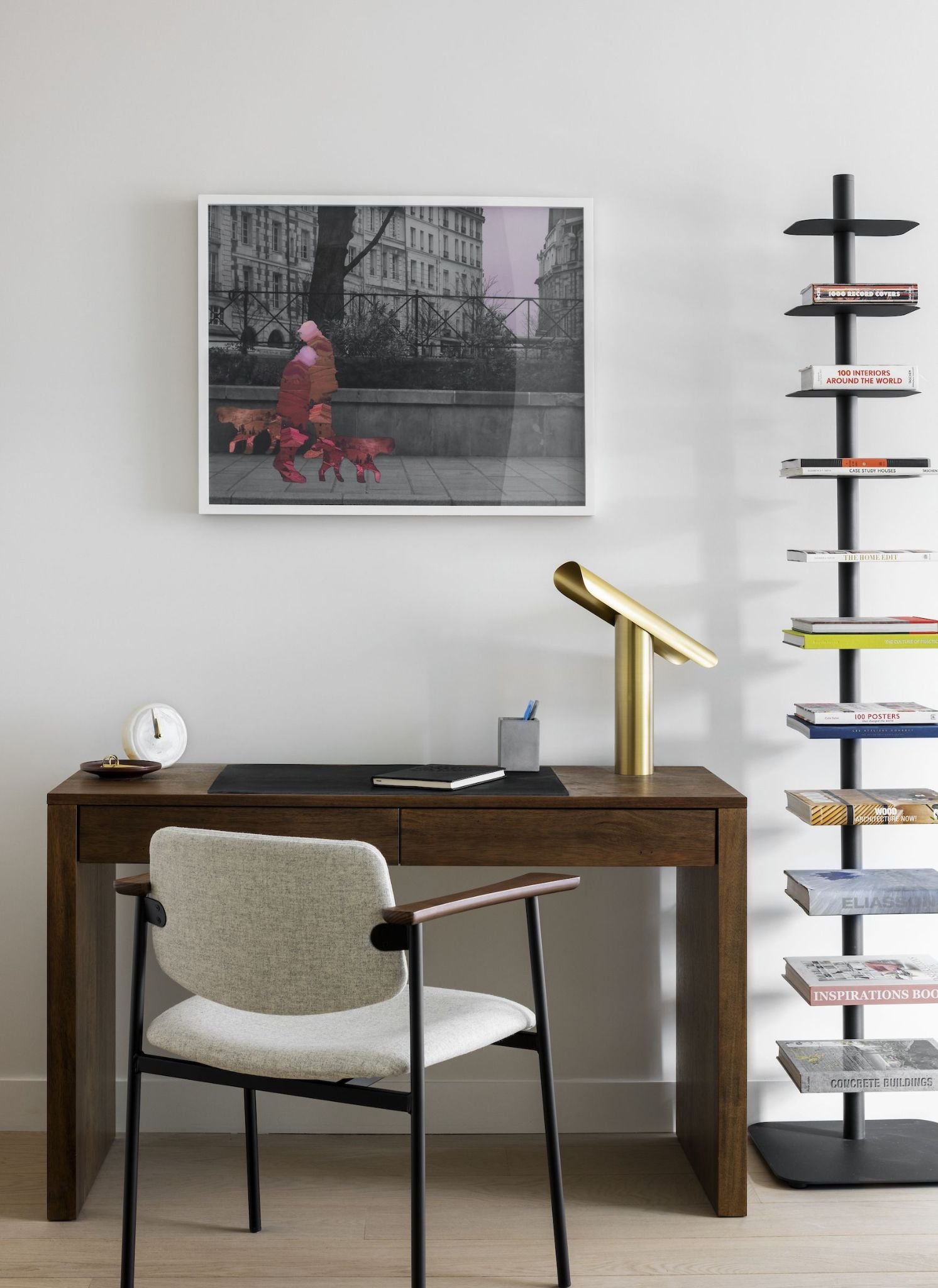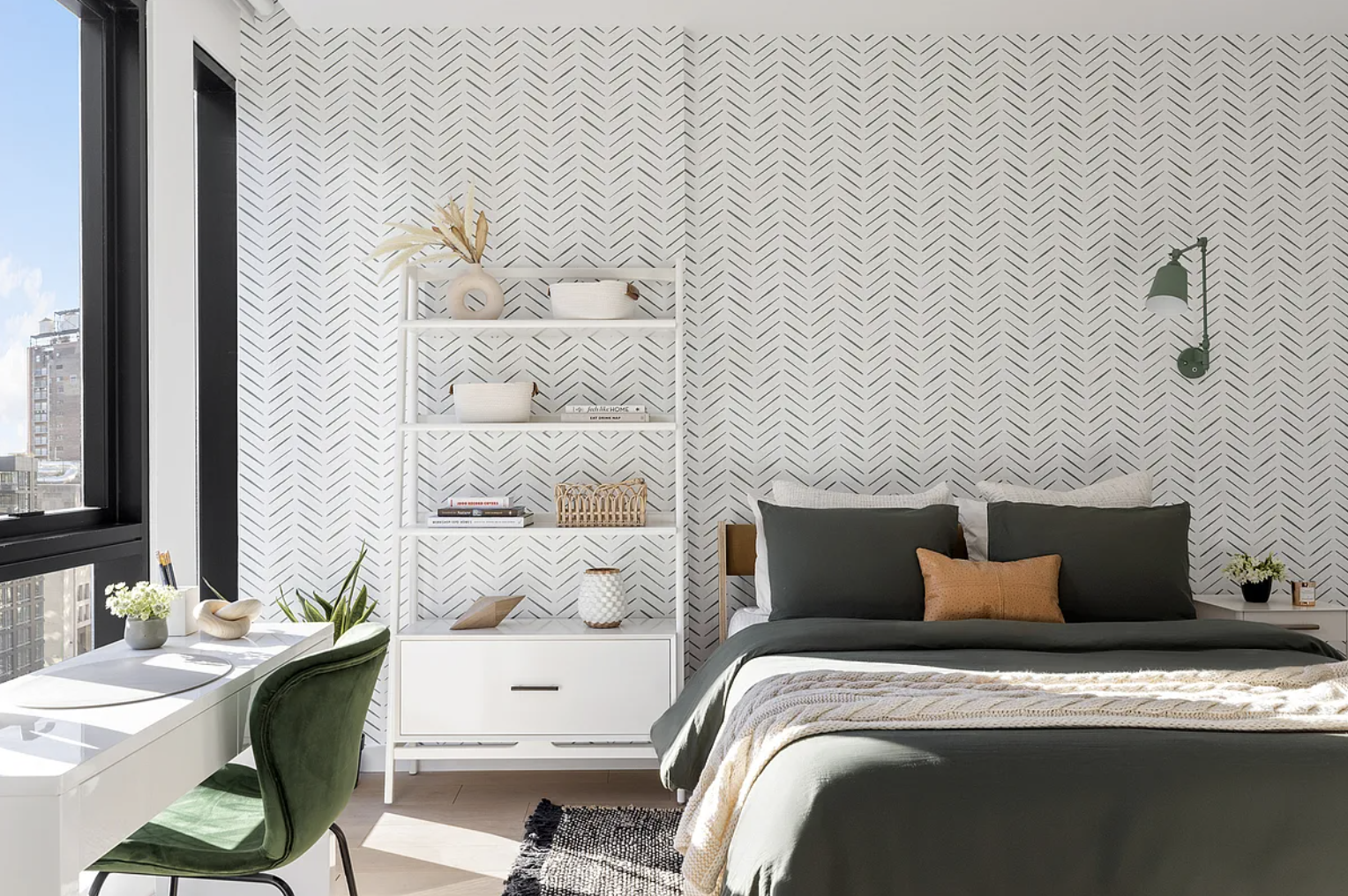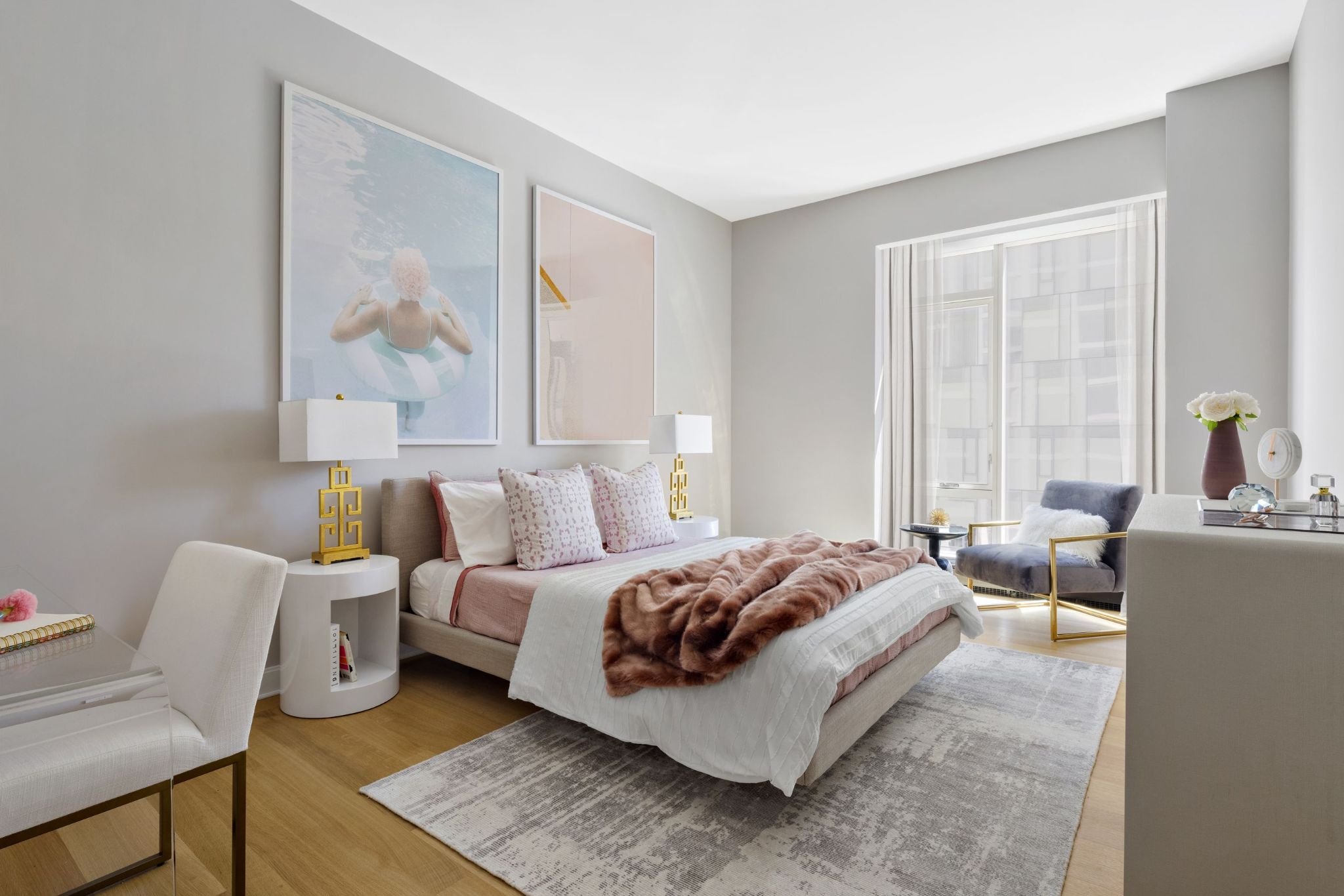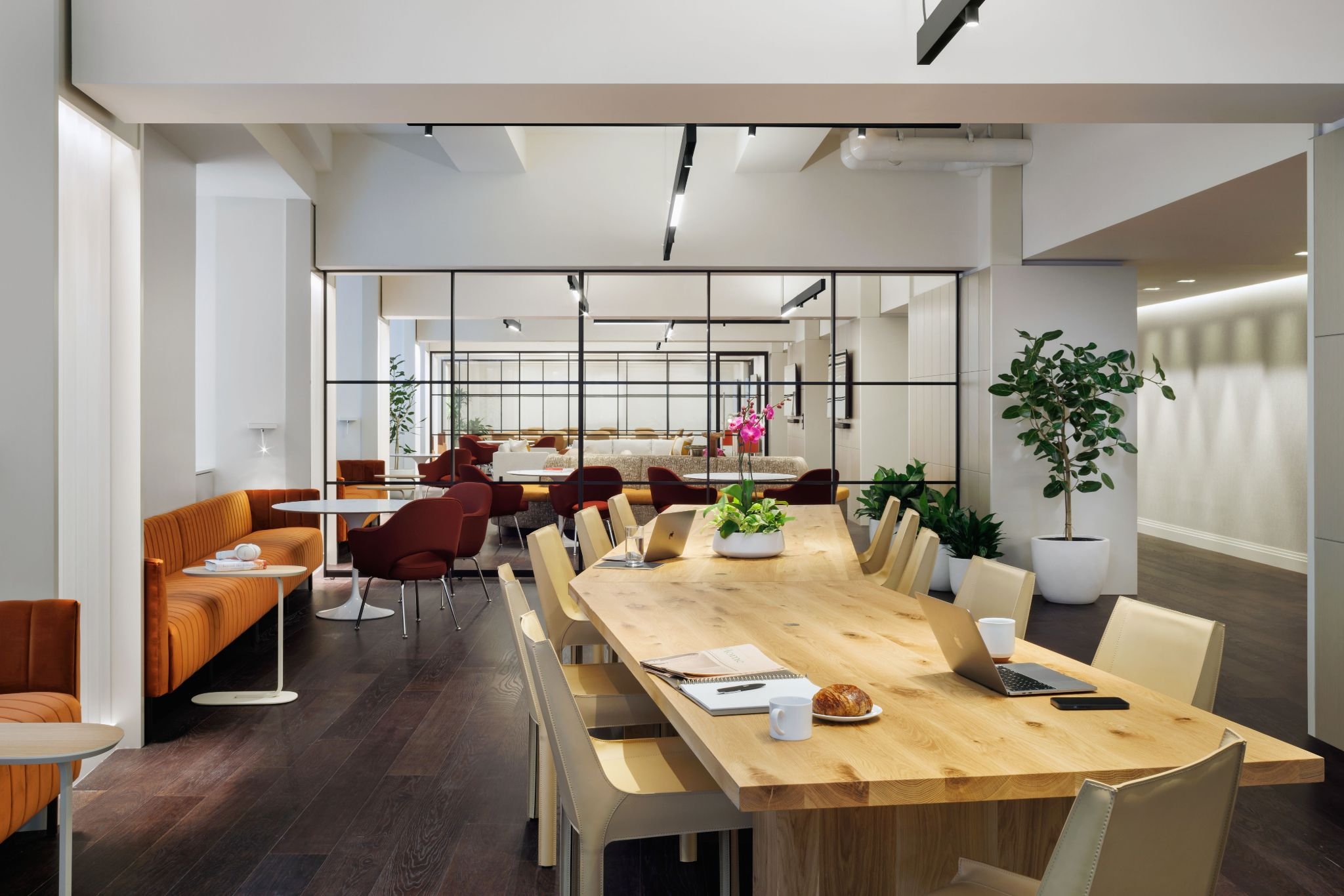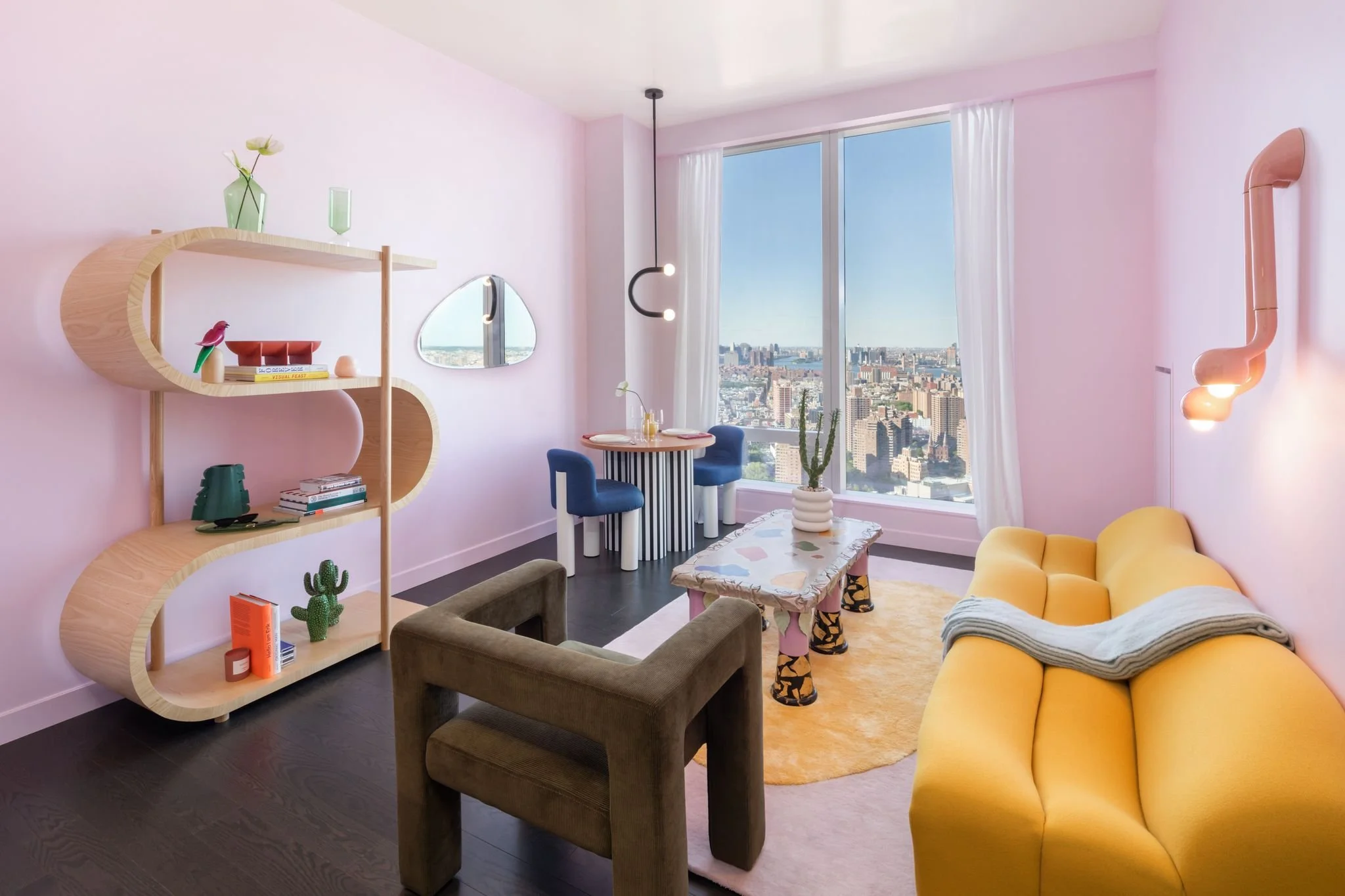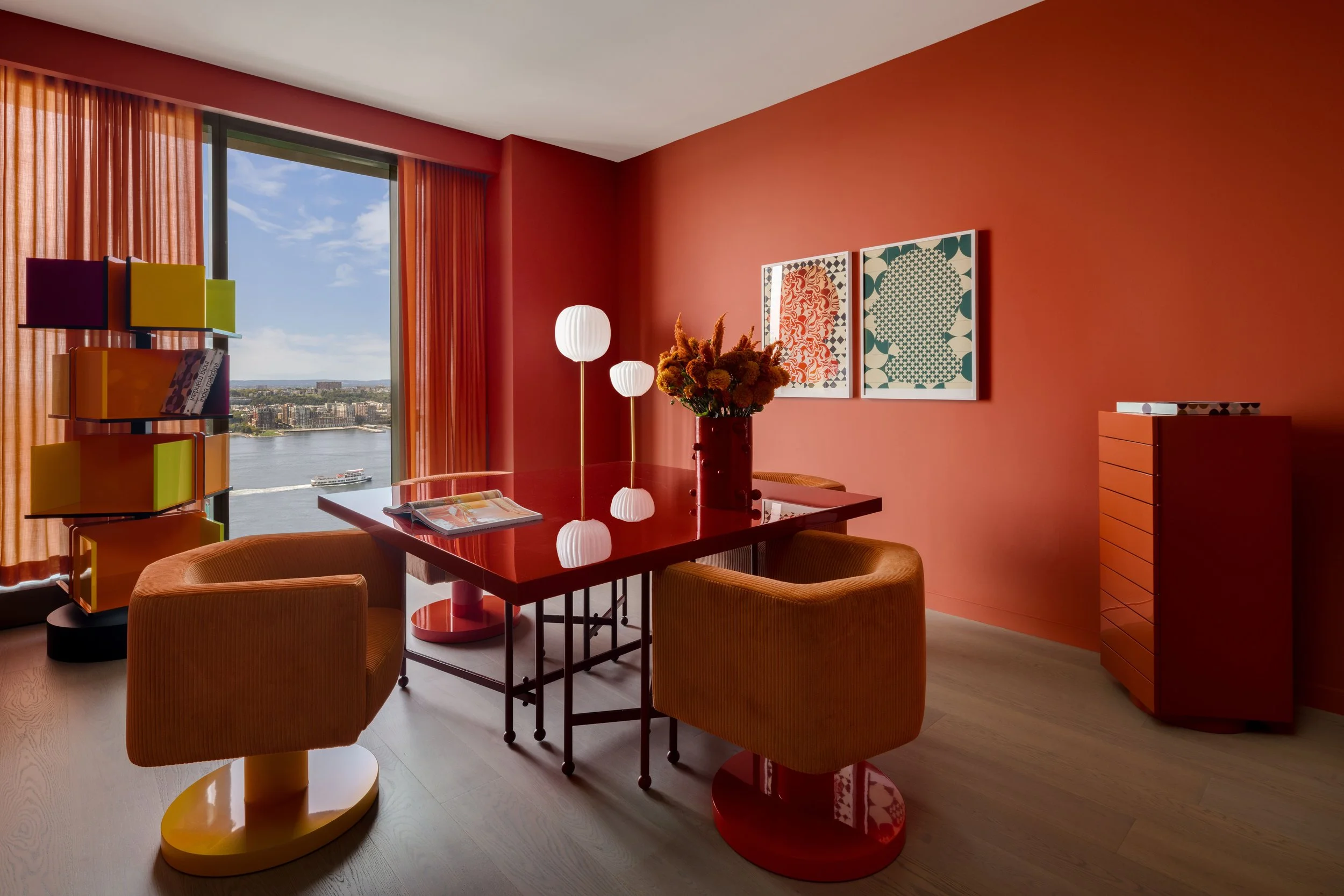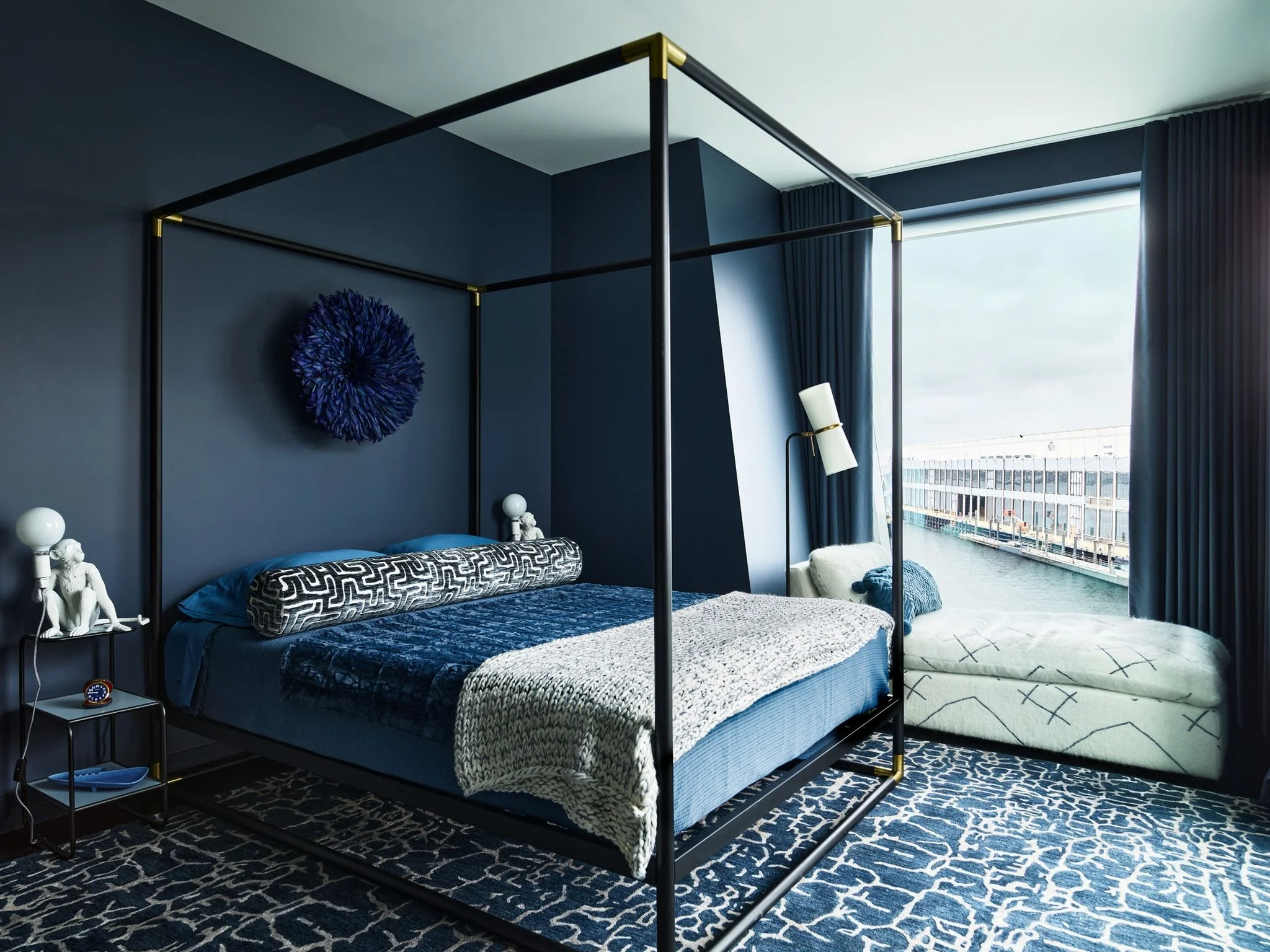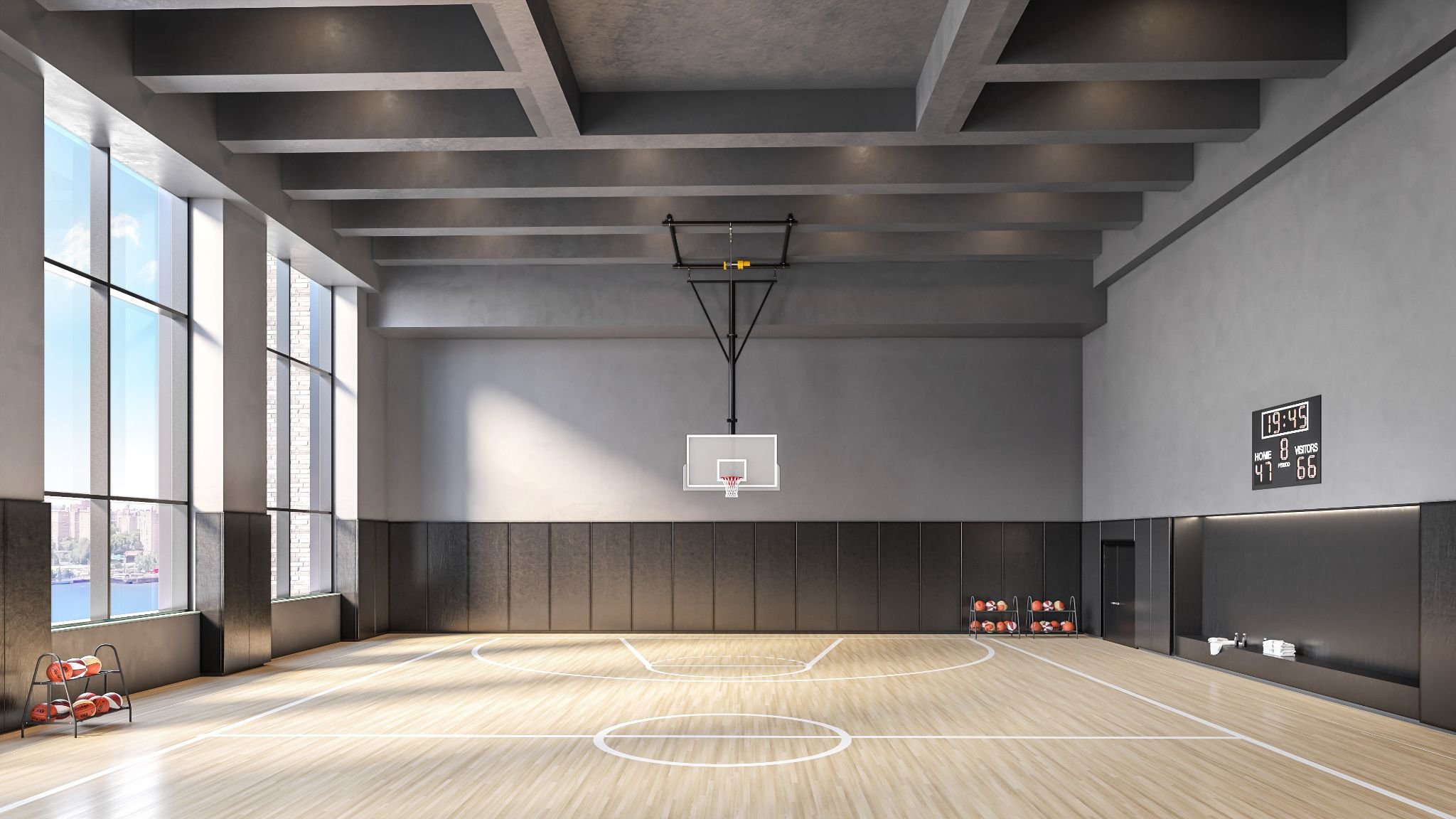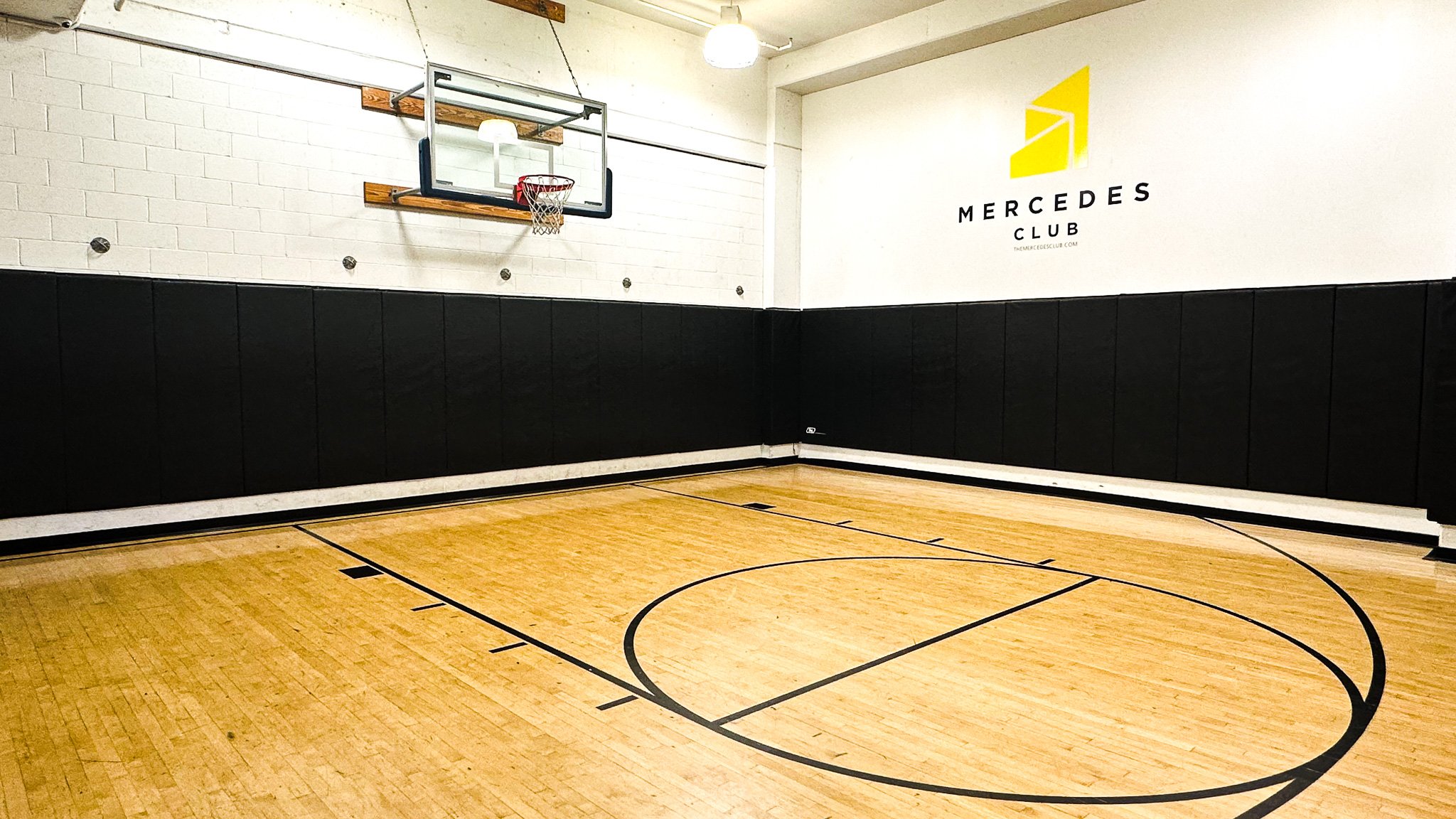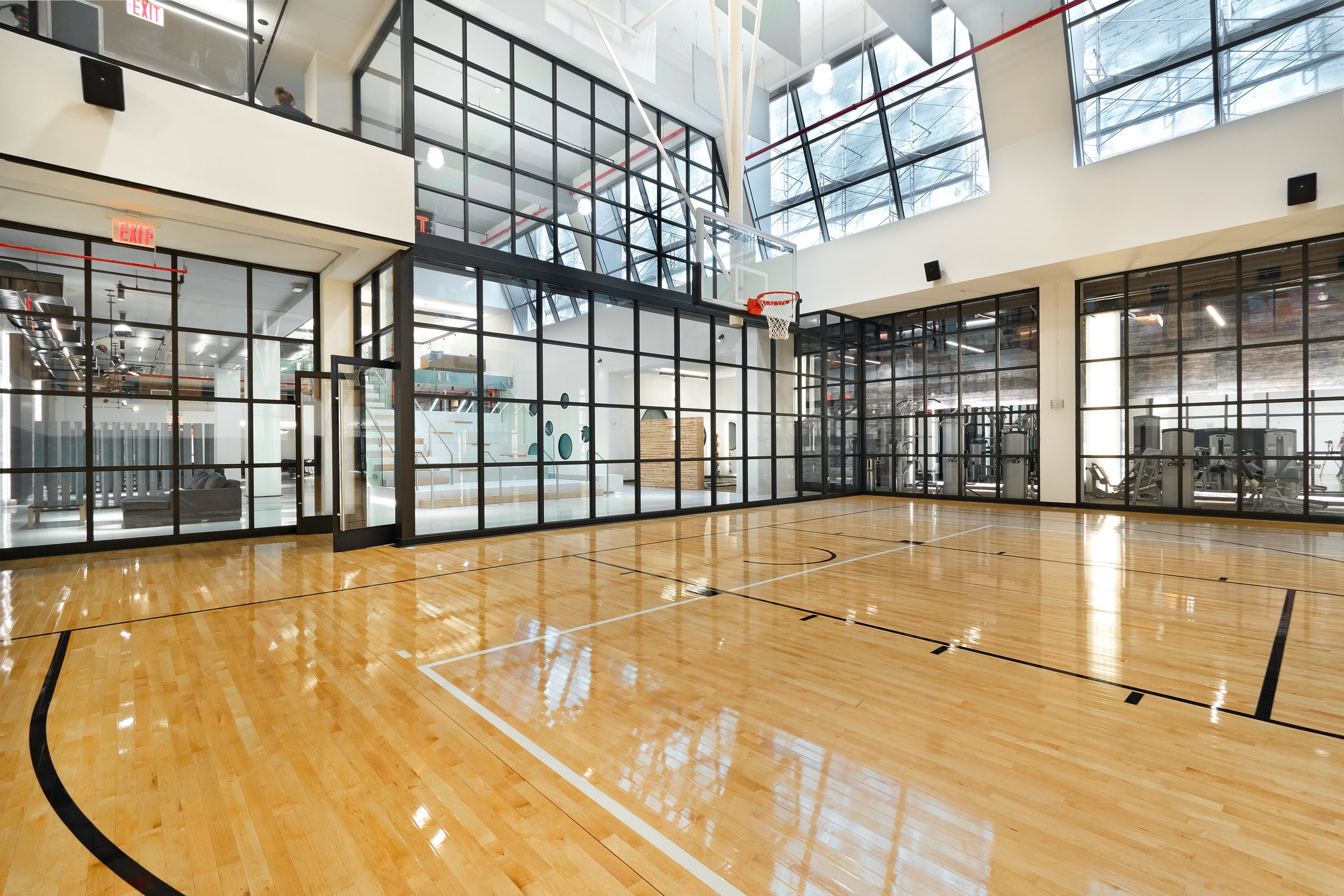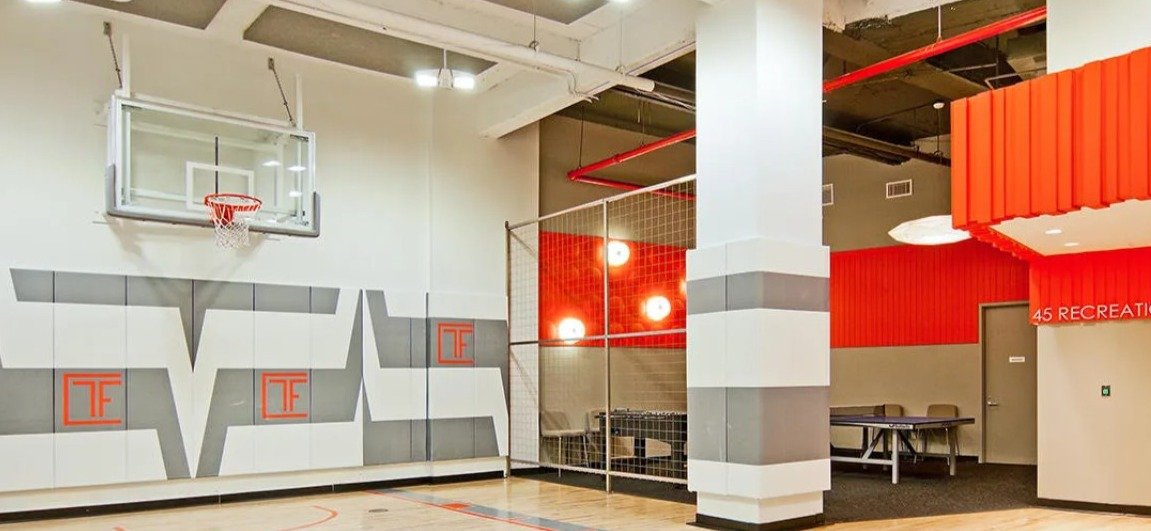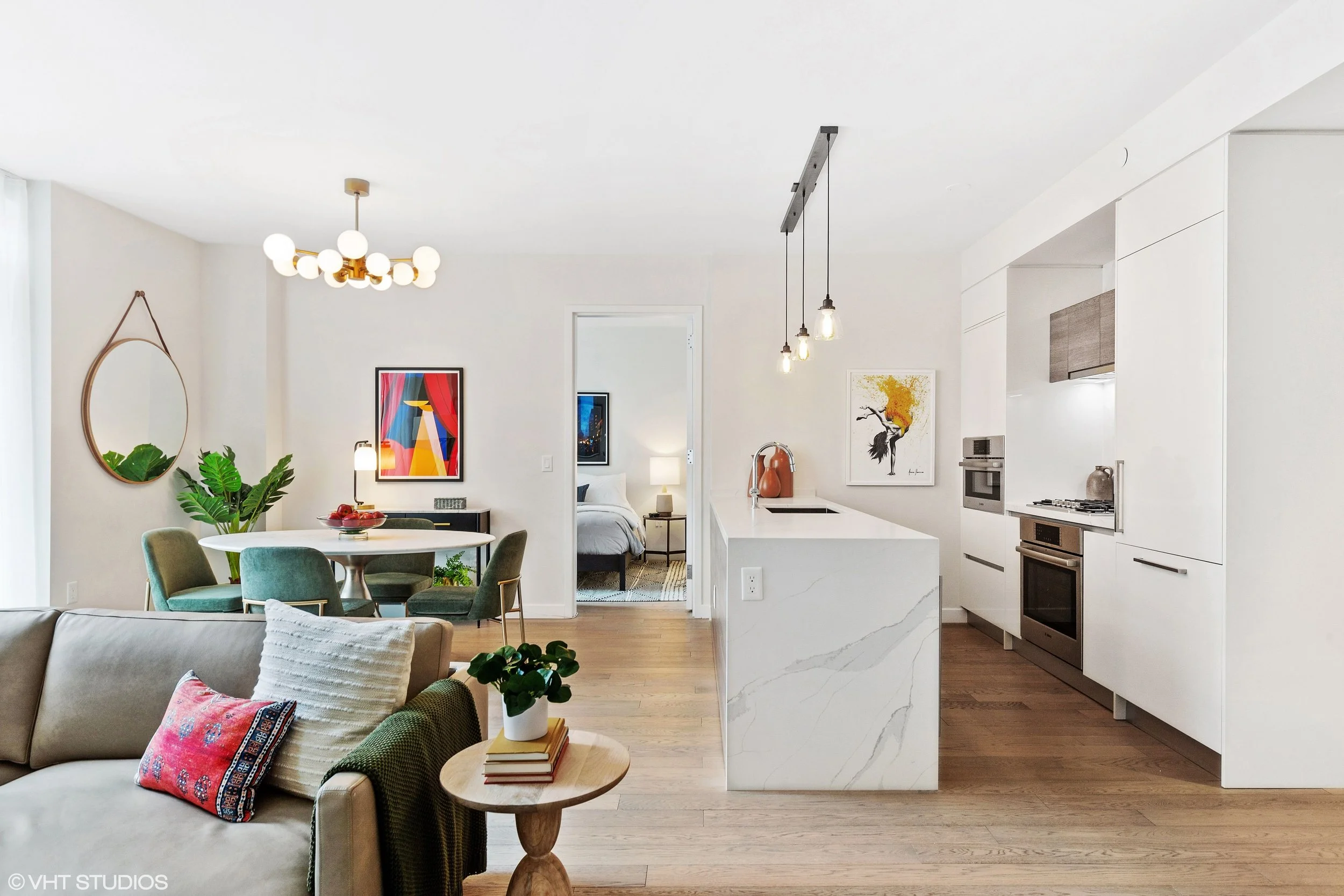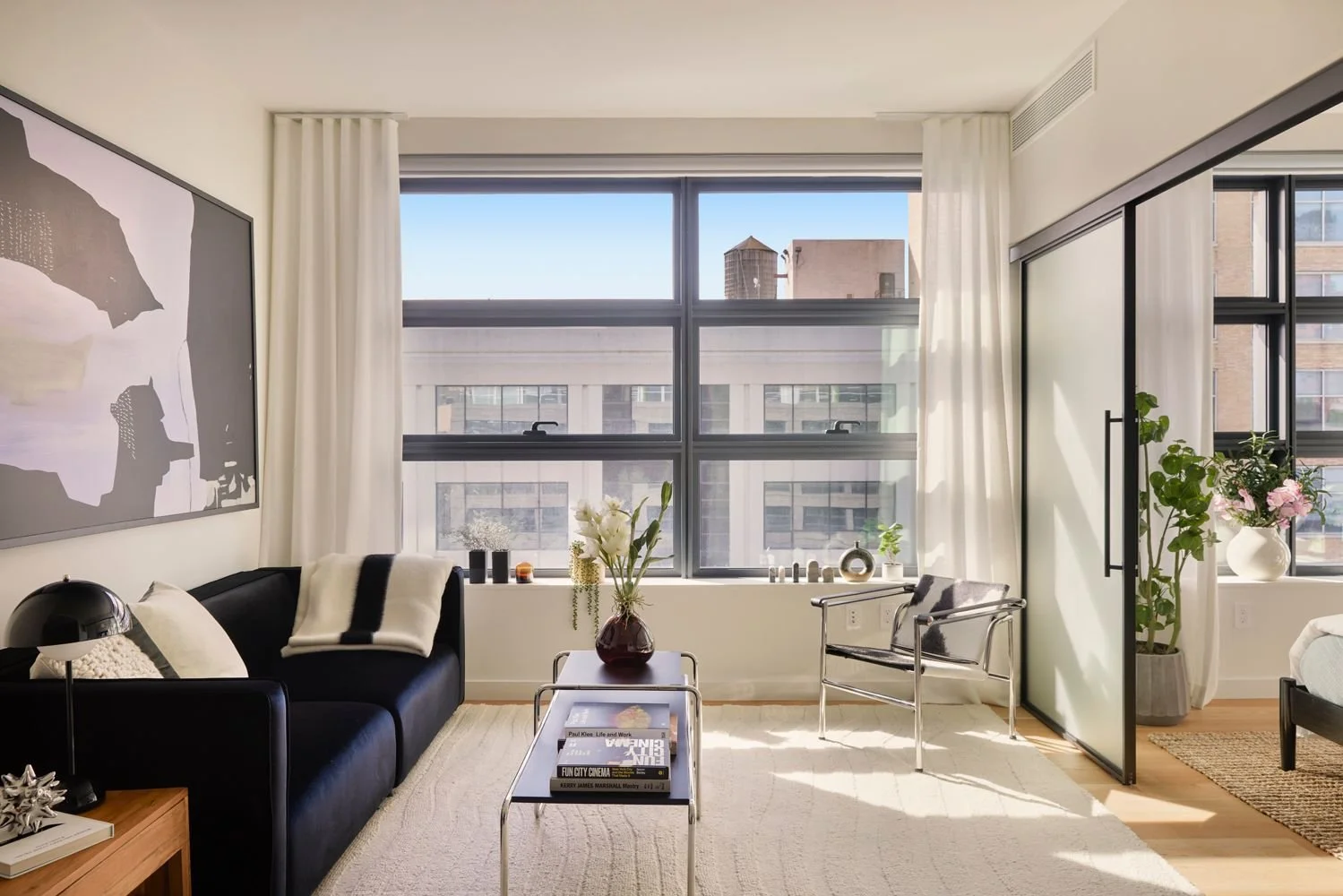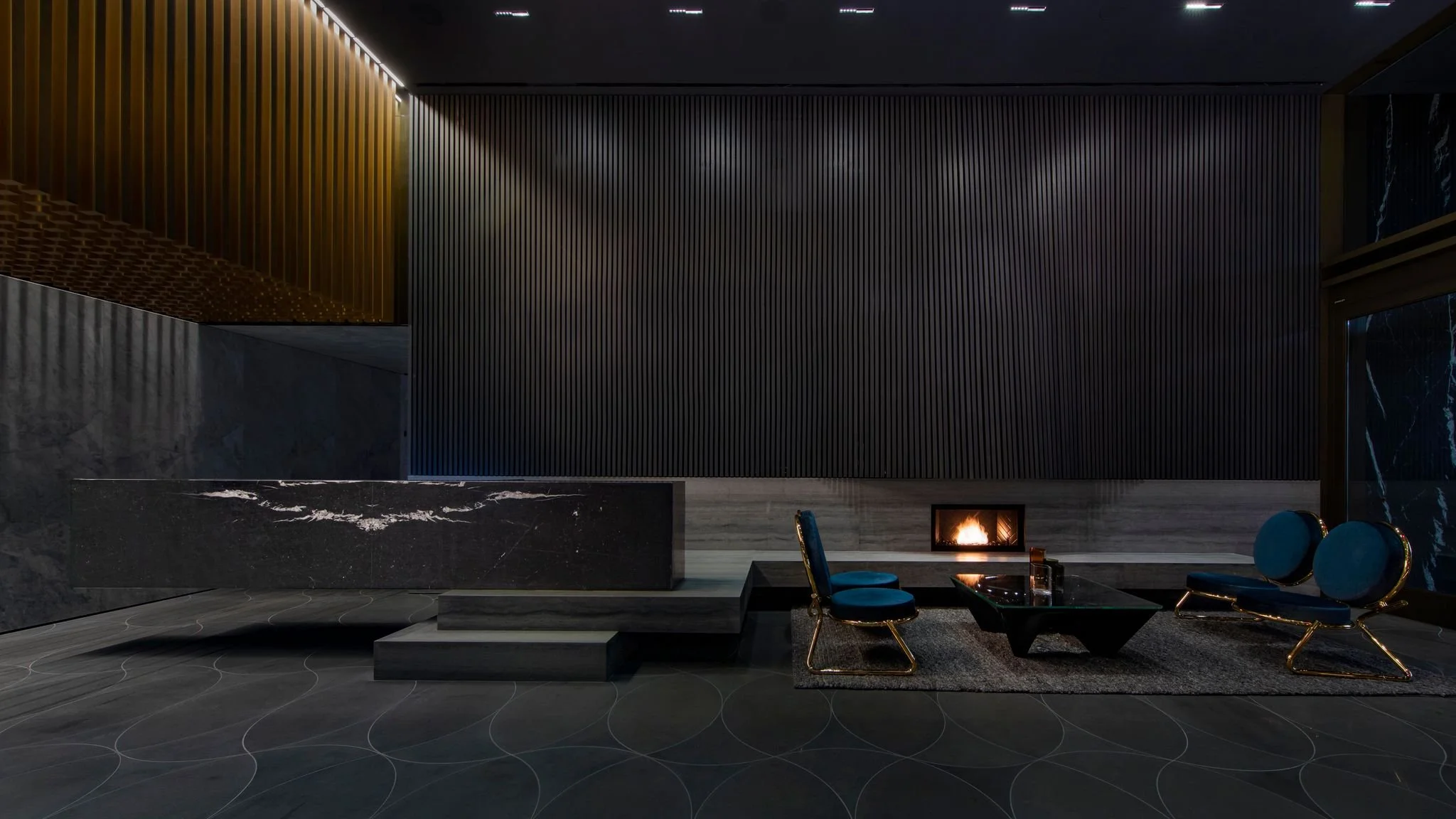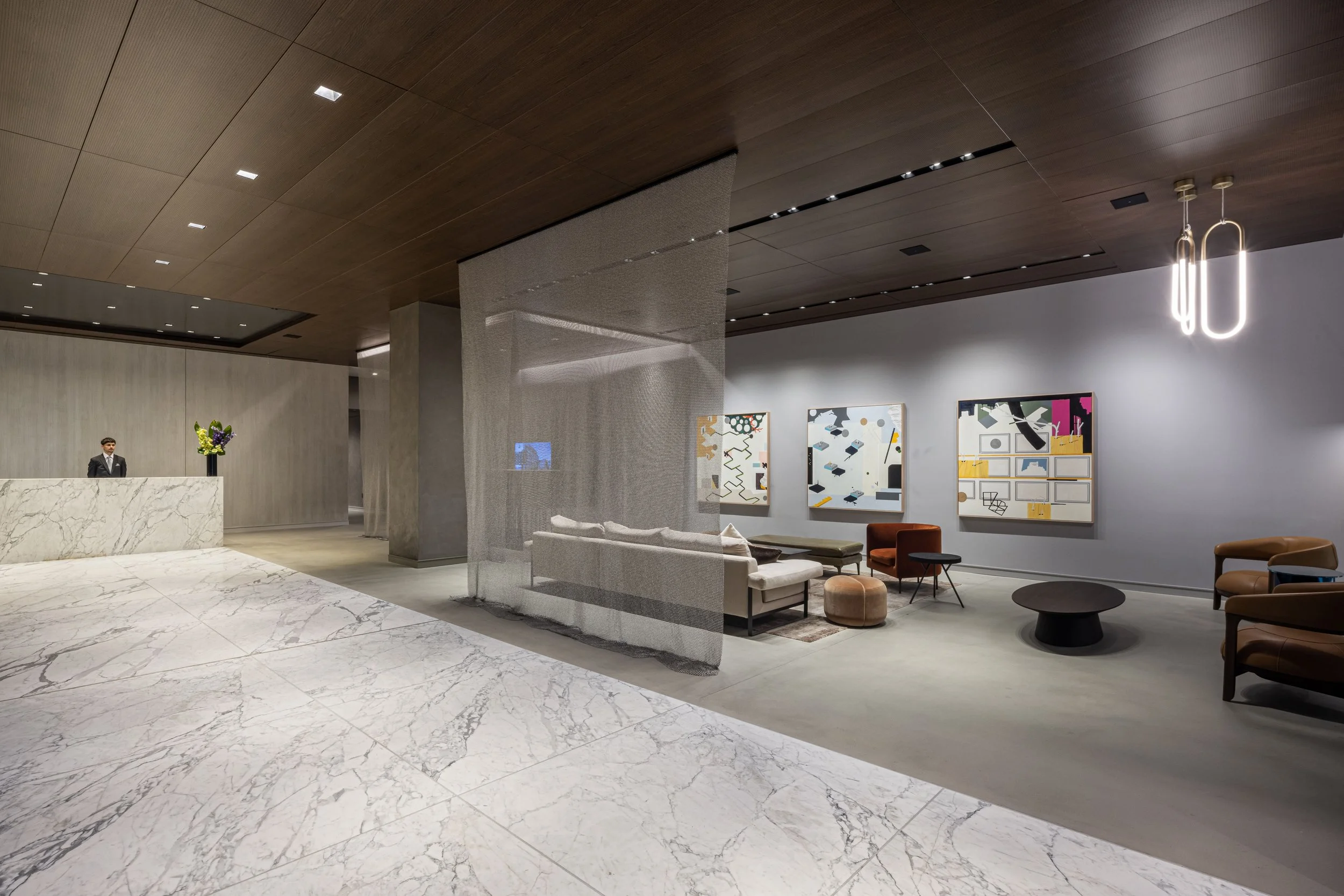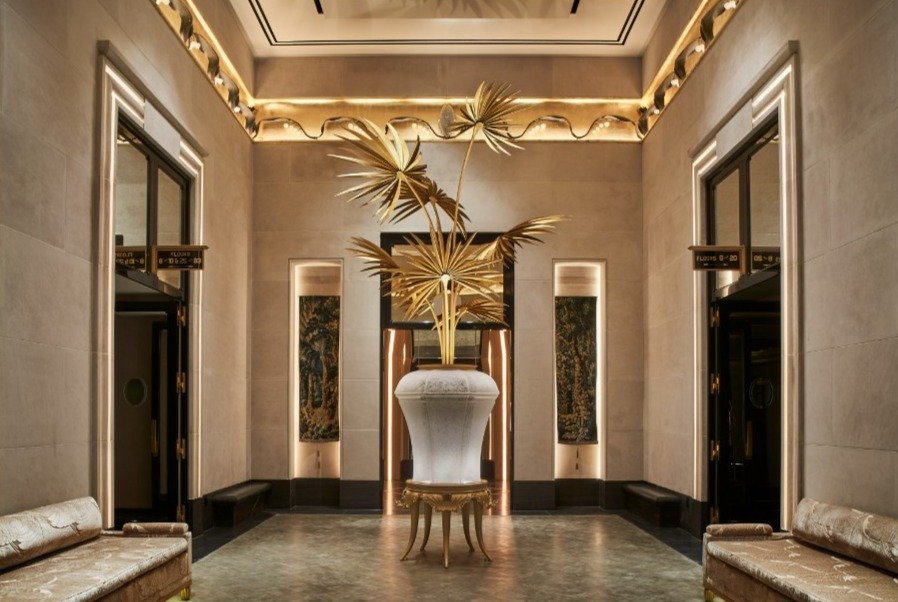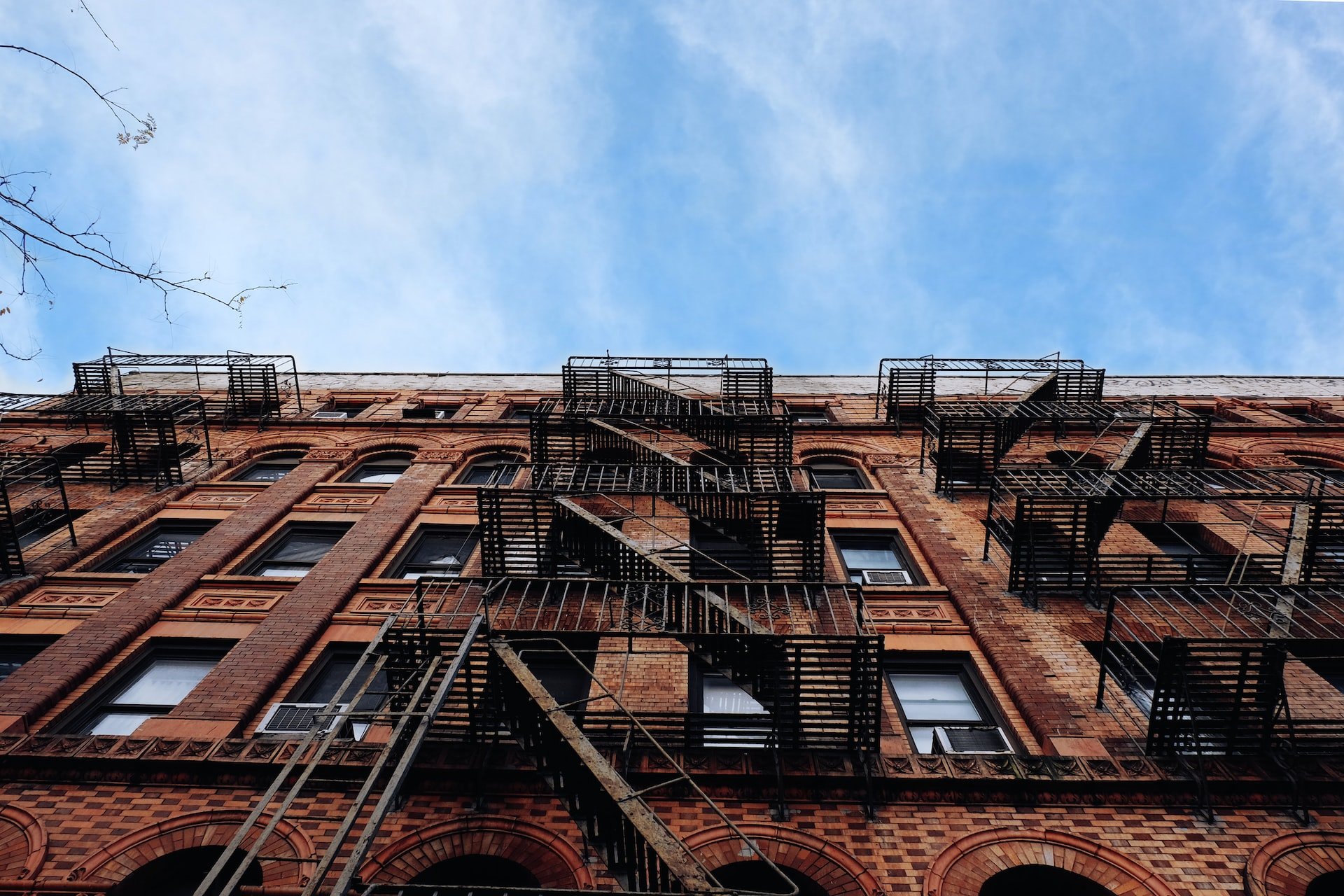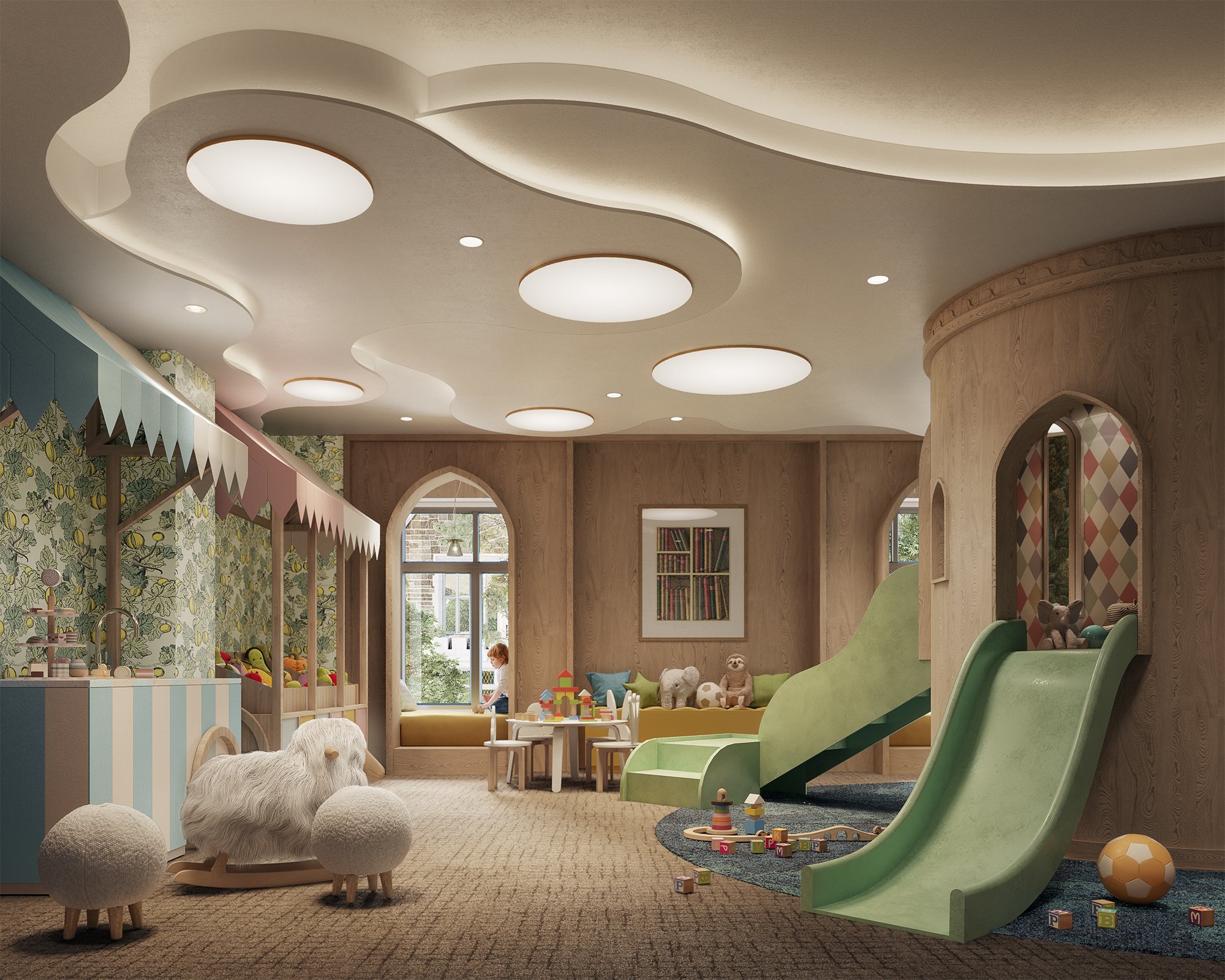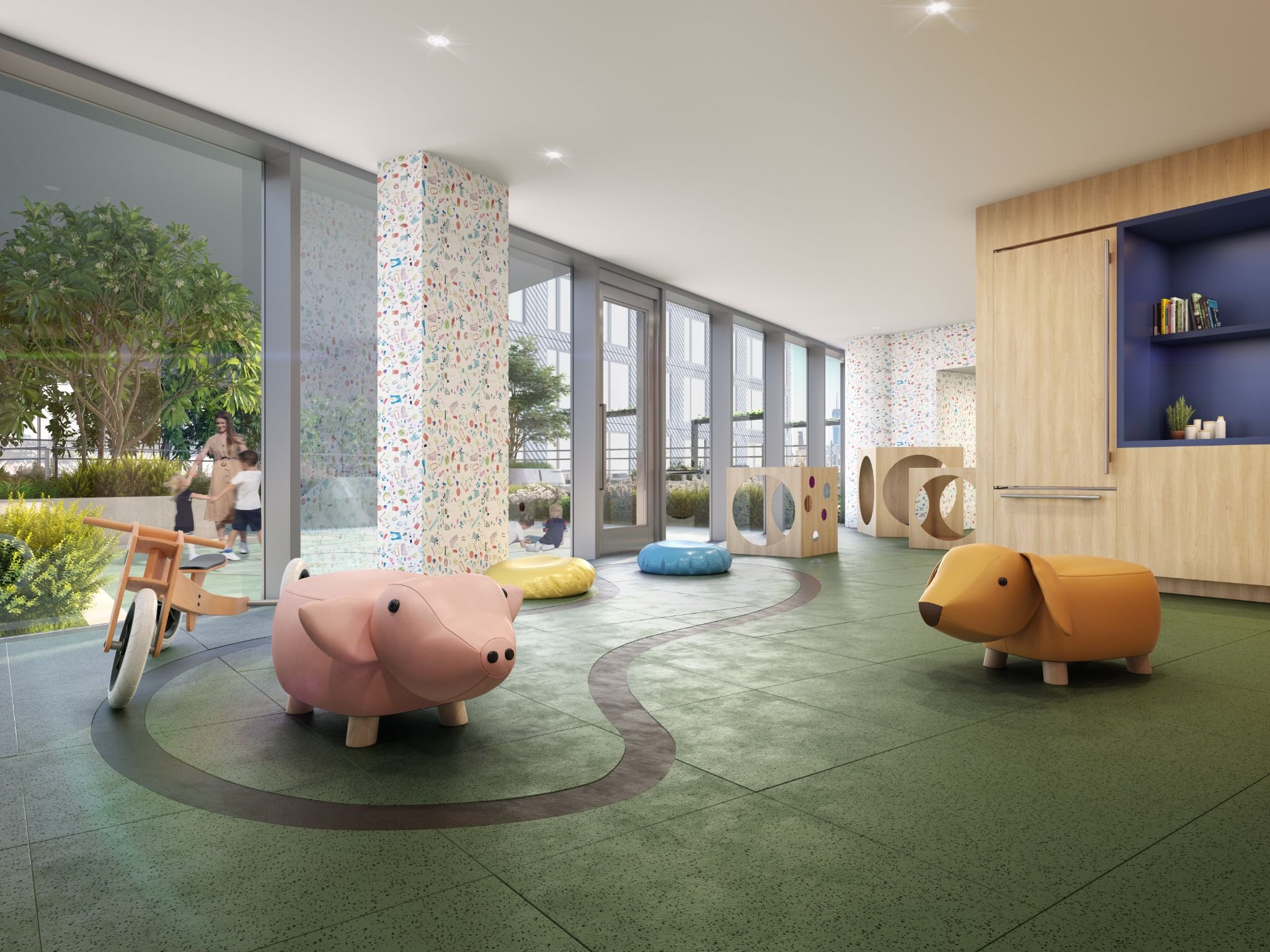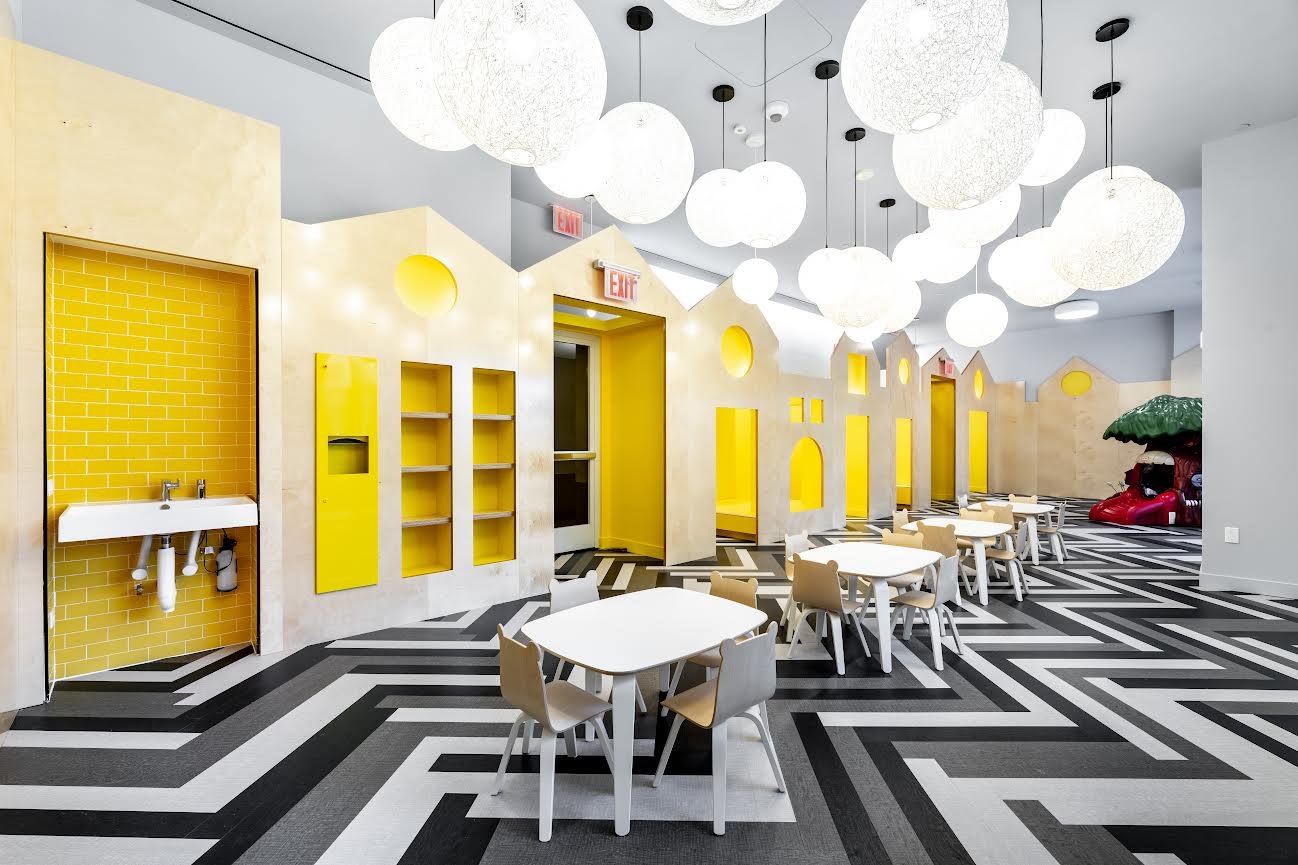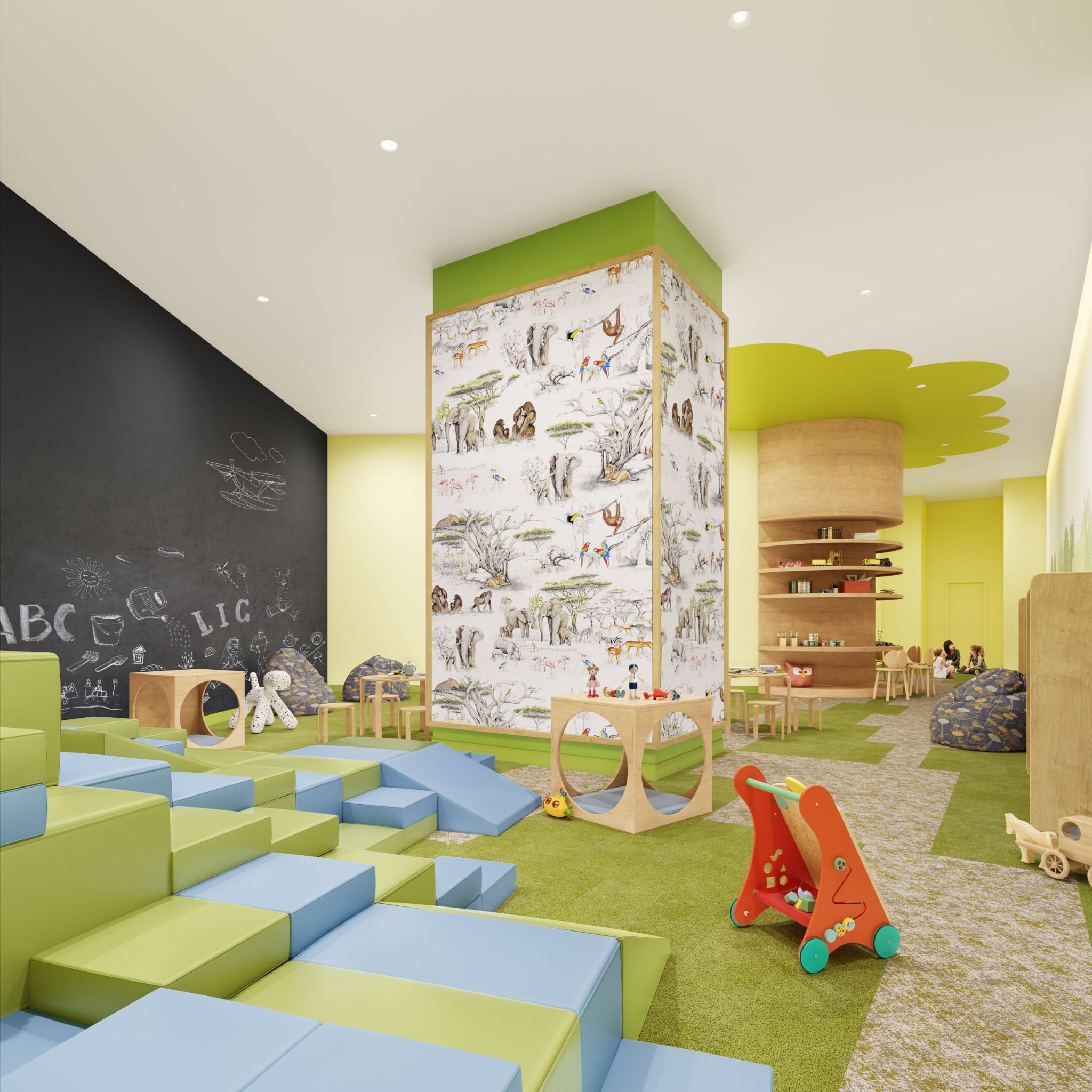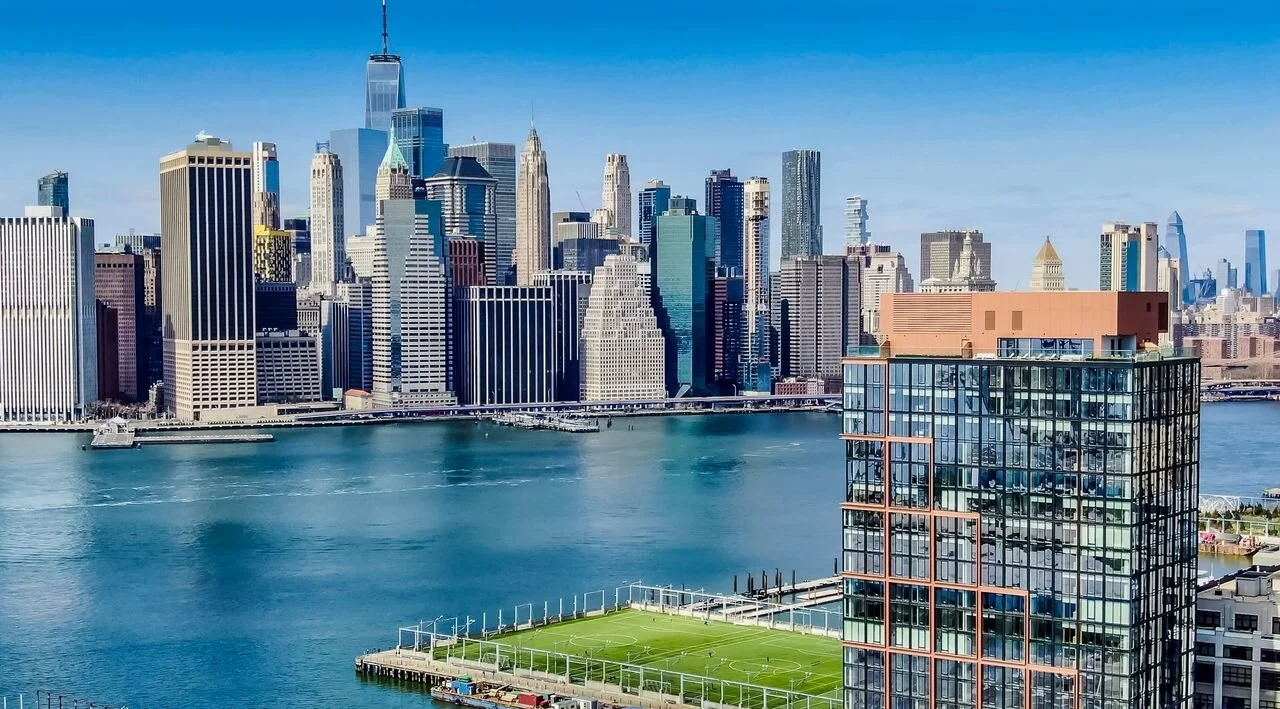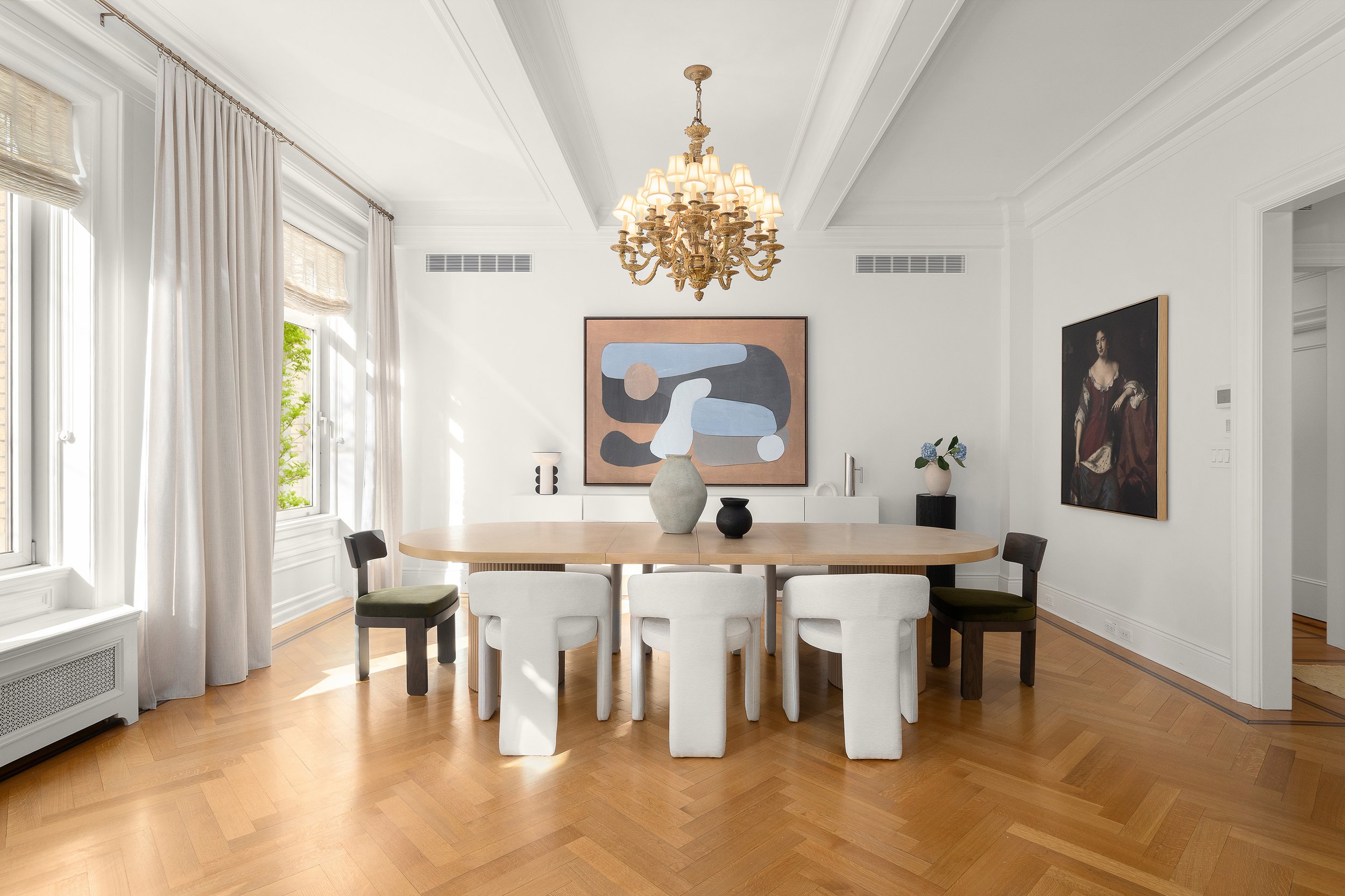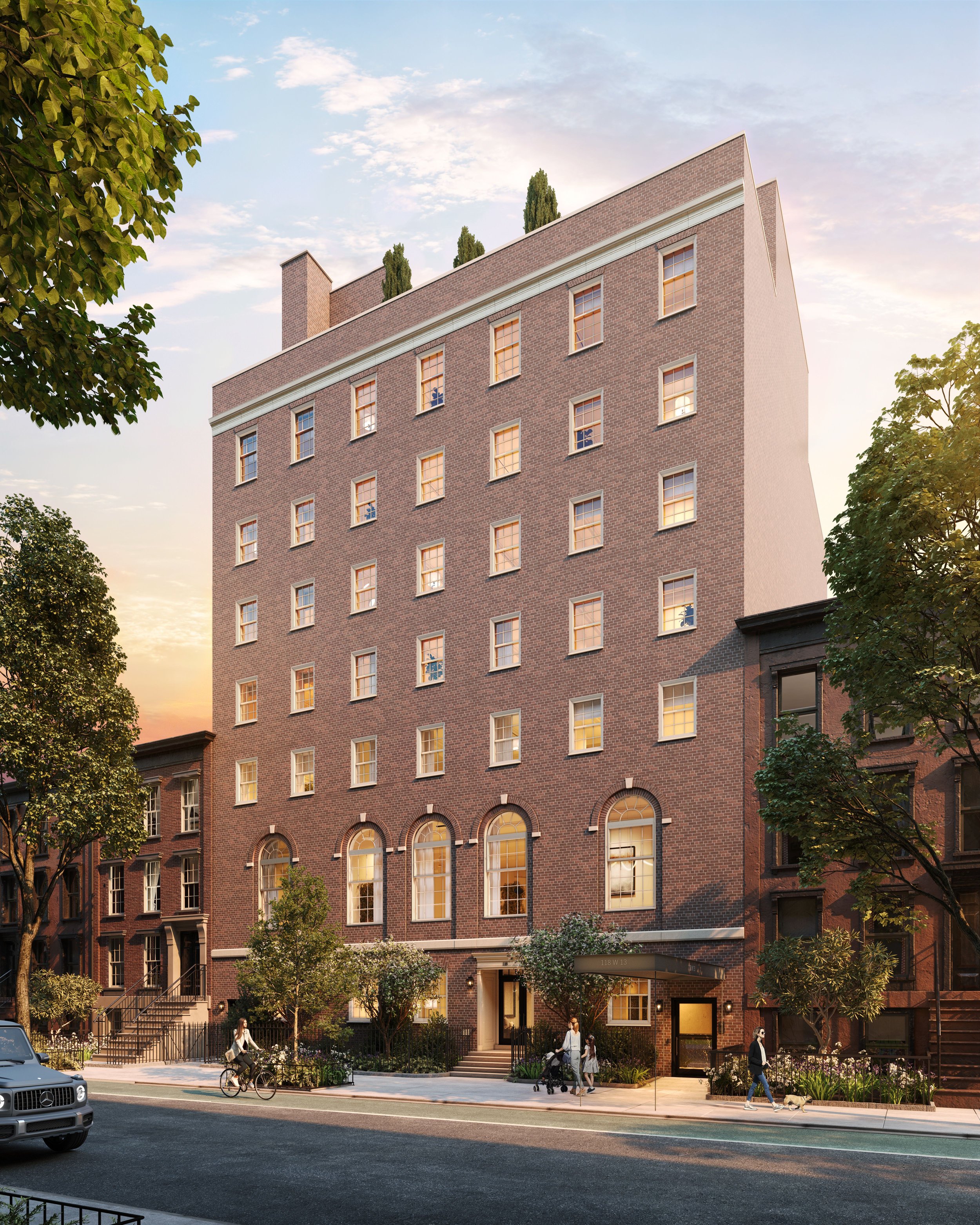Embracing Nature: A Look at NYC Buildings Boasting Custom Woodwork
The trend of wood in interior design is no longer confined to floors or rustic log cabins; now, New York City buildings are embracing it to clad their walls and ceilings, introducing warmth and welcoming into common spaces. From lobbies to lounges, the quality of the material adds an elevated, cozy experience that celebrates nature and craftsmanship. Several NYC buildings exemplify this trend.
212 West 72nd Street
Reimagined by the award-winning architecture firm, CetraRuddy, this luxury condominium at the Upper West Side showcases a striking lobby with dramatic wooden panels. The woodwork accentuates the curvature of the interior, creating an ambient atmosphere that merges high design with a welcoming ambiance. (Photography by Jason Schmitz)
200 East 59th Street
With CetraRuddy as the architects, this terraced tower merges nature with modernity. The residents' lounge is adorned with wood walls, standing in fascinating contrast to the floor-to-ceiling glass of the building's exterior.
Front & York
Situated in DUMBO, this full-service luxury urban oasis designed by Morris Adjmi features a statement-making lobby with an elegant wood wall that perfectly complements the terrazzo flooring and Venetian plastered walls. (Photography by Colin Miller)
Tribeca Green
Housing 265 stylish residences, Tribeca Green presents a lobby that is a wood-crafted jewel box, complete with warm cove ceiling lighting. The wood permeates the space, creating an elevated atmosphere that merges contemporary design with a historic feel. (Photography by Colin Miller)
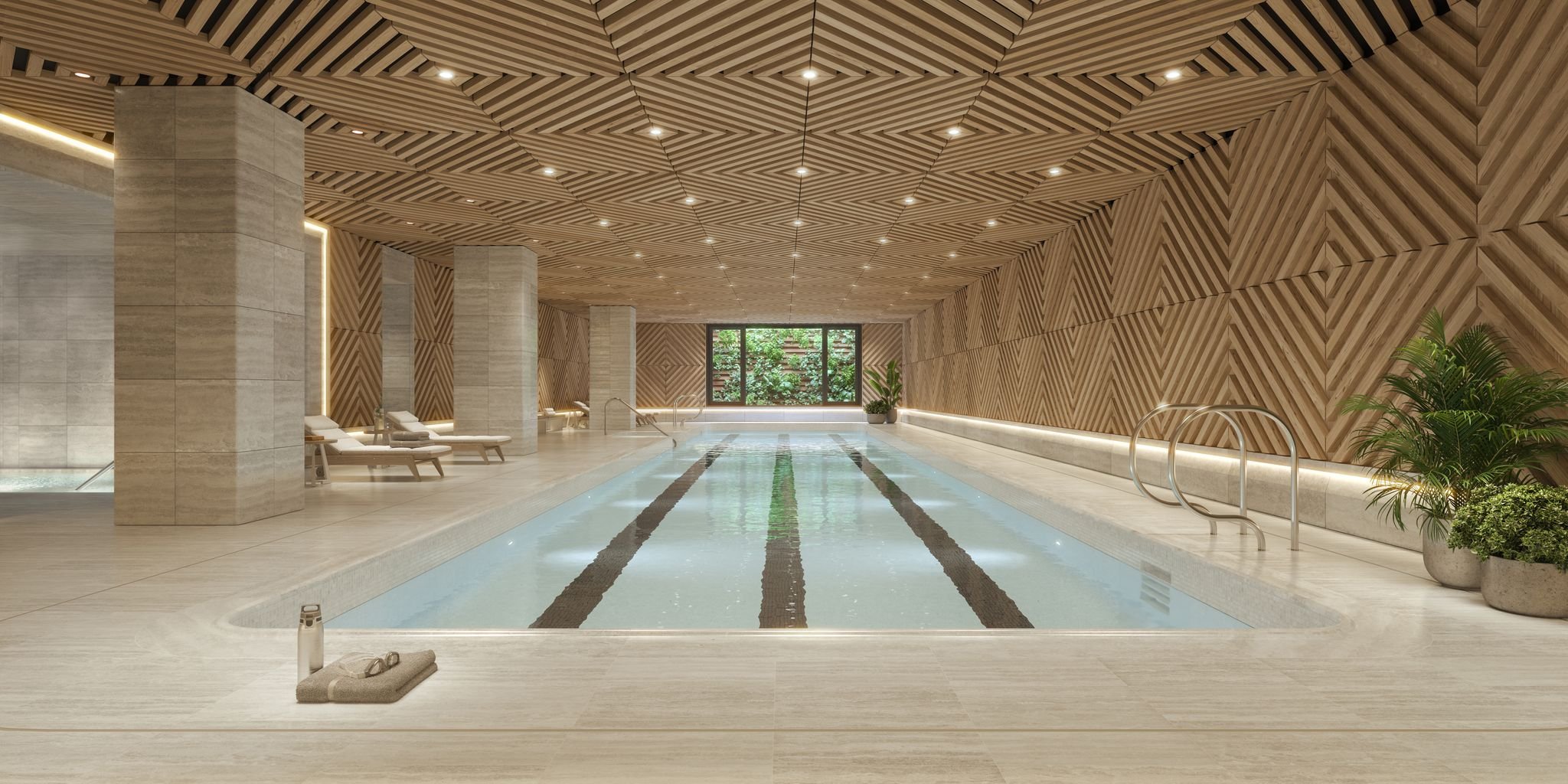
96+Broadway
Positioned perfectly in the Upper West Side, this luxury condominium building highlights a grand 75-foot saltwater pool surrounded by geometric Hemlock wood paneling and travertine floors, creating a sauna-inspired experience. (Photography by We are Visuals)
These examples highlight the recent shift in taste from minimalism to the celebration of nature and craftsmanship. For more insights on why woodwork resonates with today's buyers, developers and brokers can provide expert commentary.
Have a listing you think should be featured contact us or submit here to tell us more! Follow Off The MRKT on Twitter and Instagram, and like us on Facebook.

